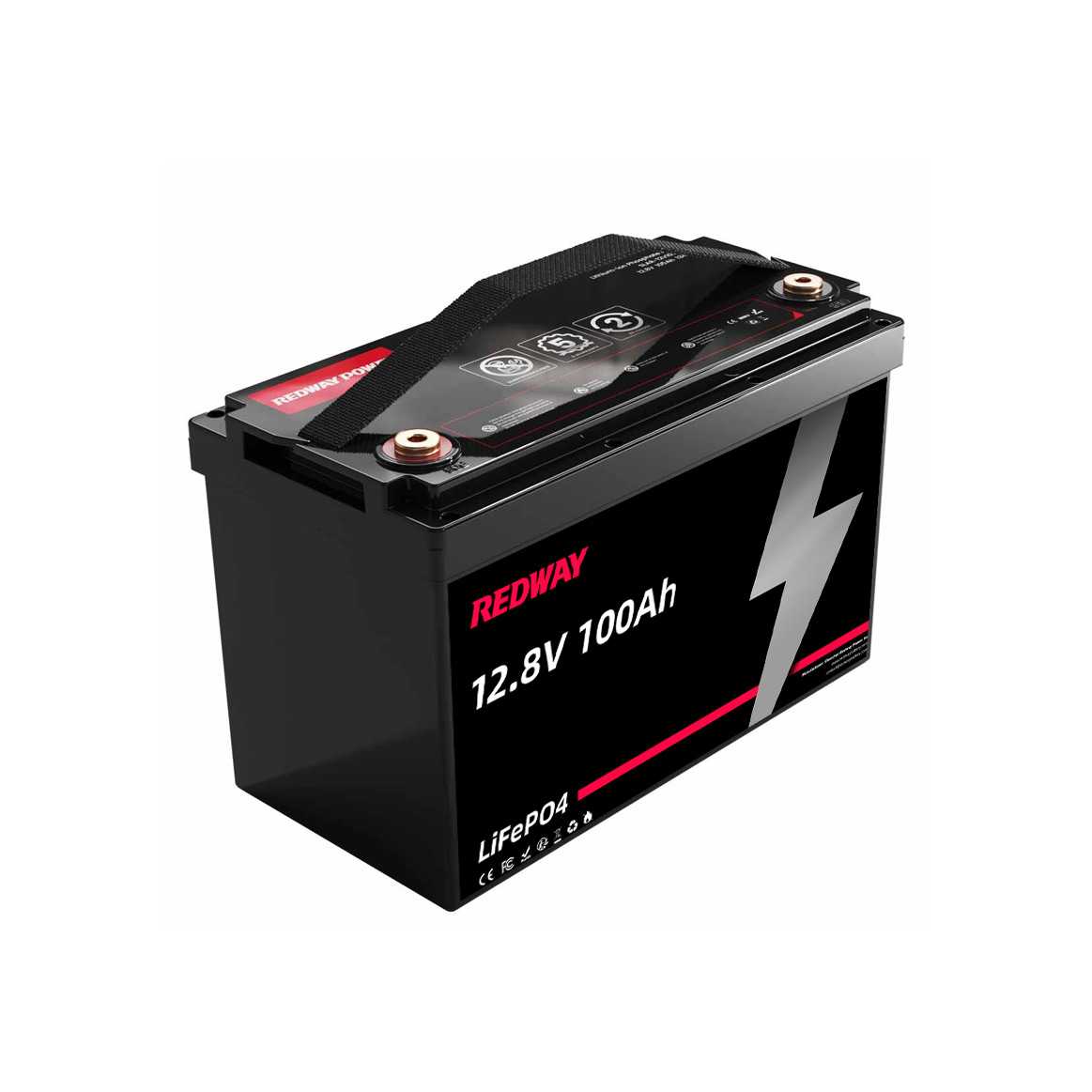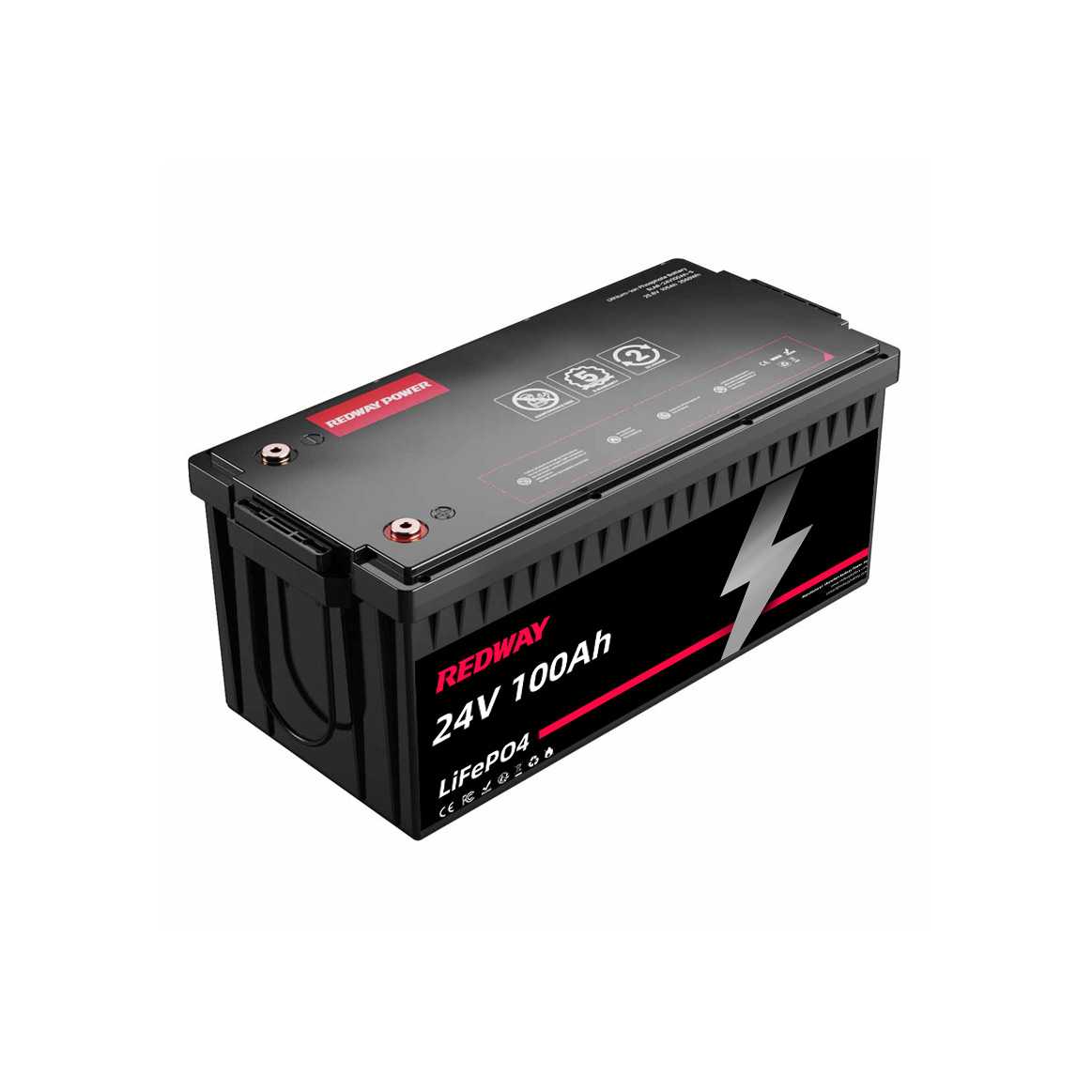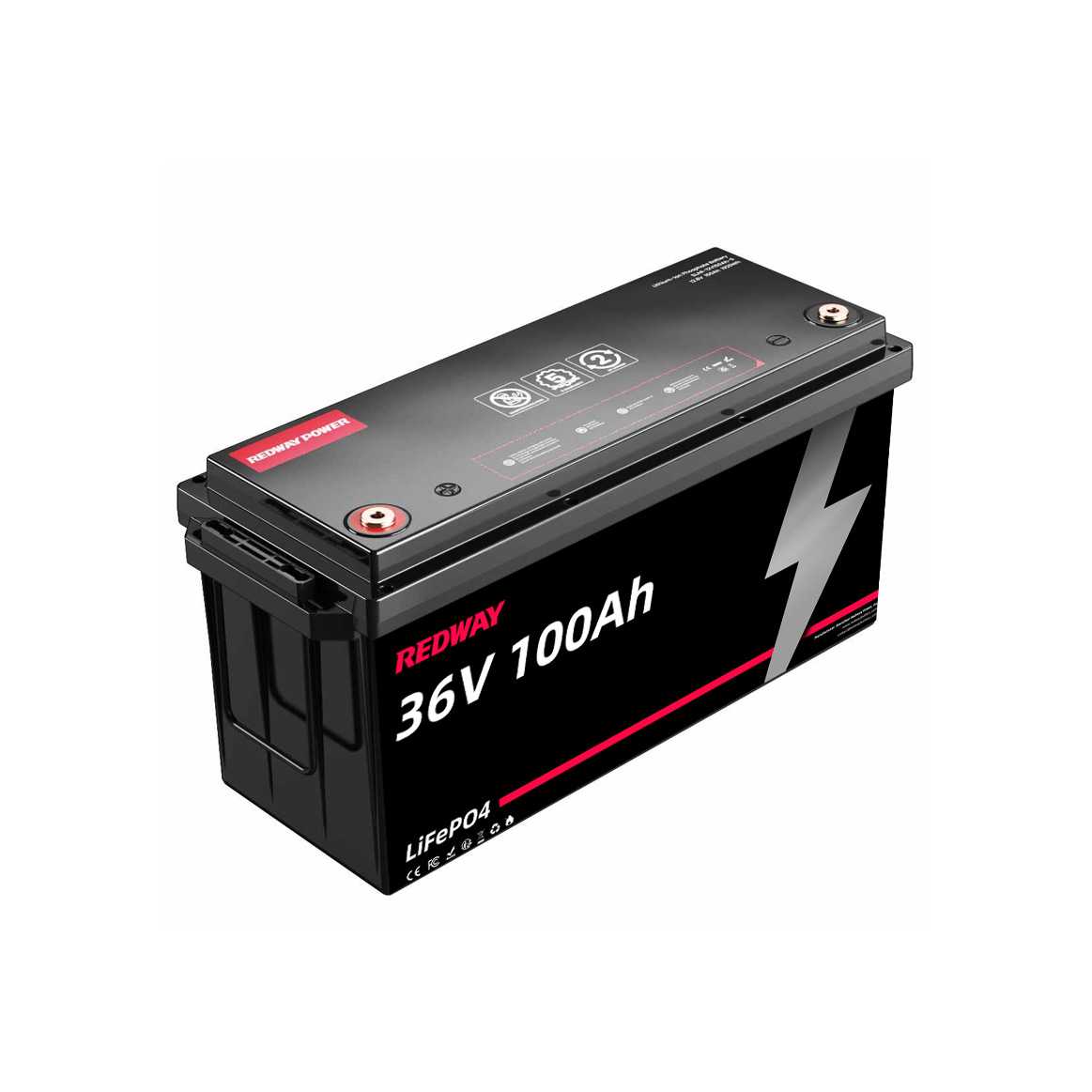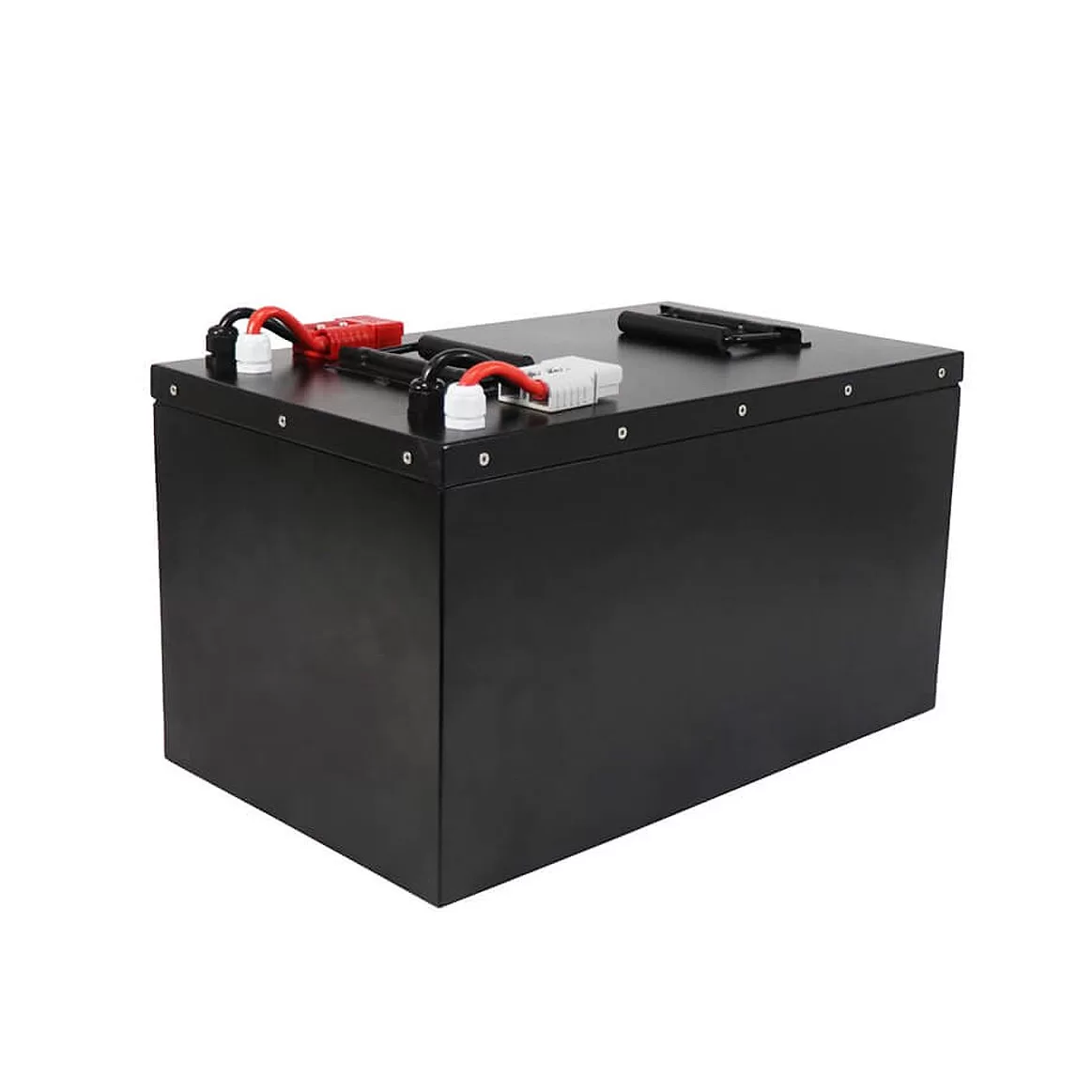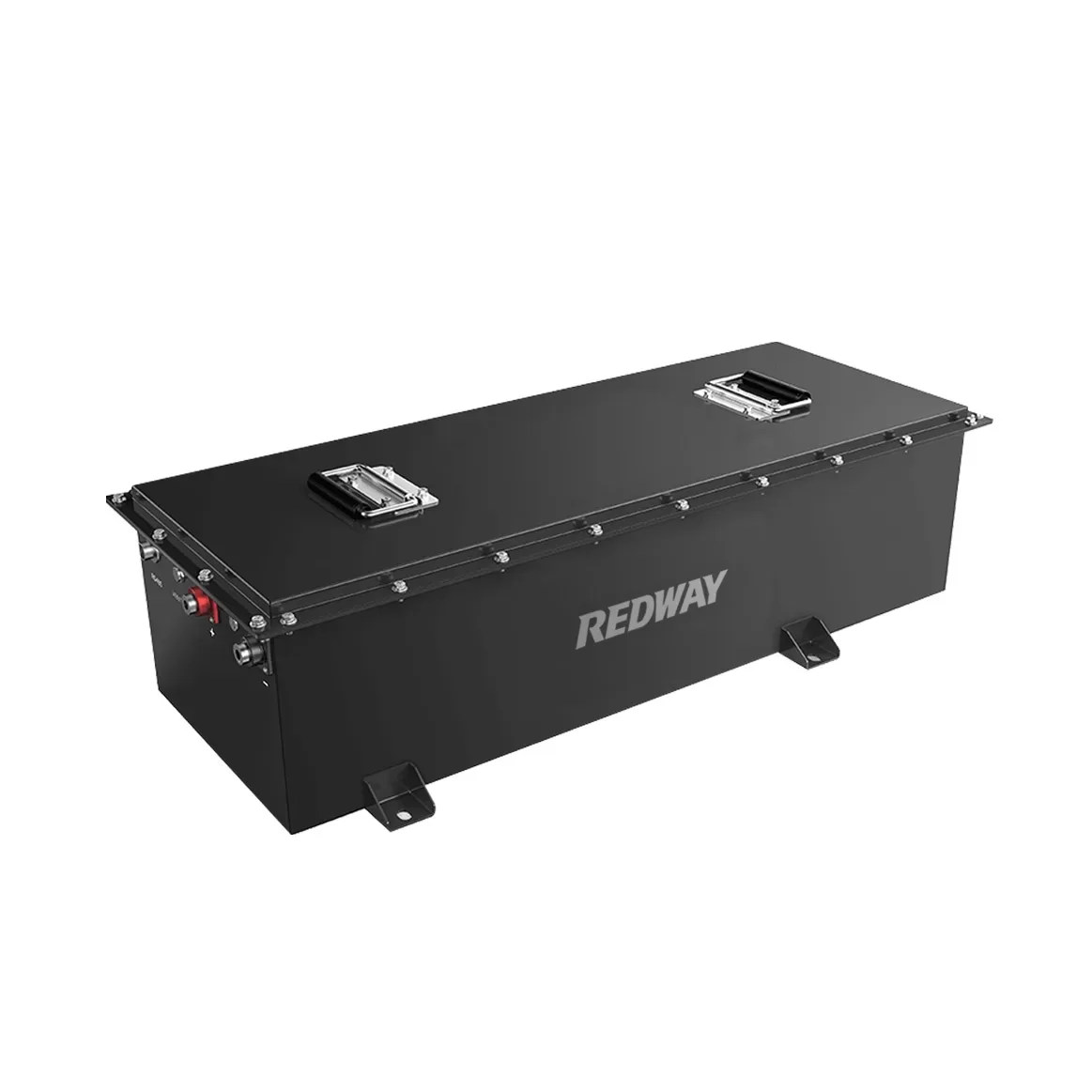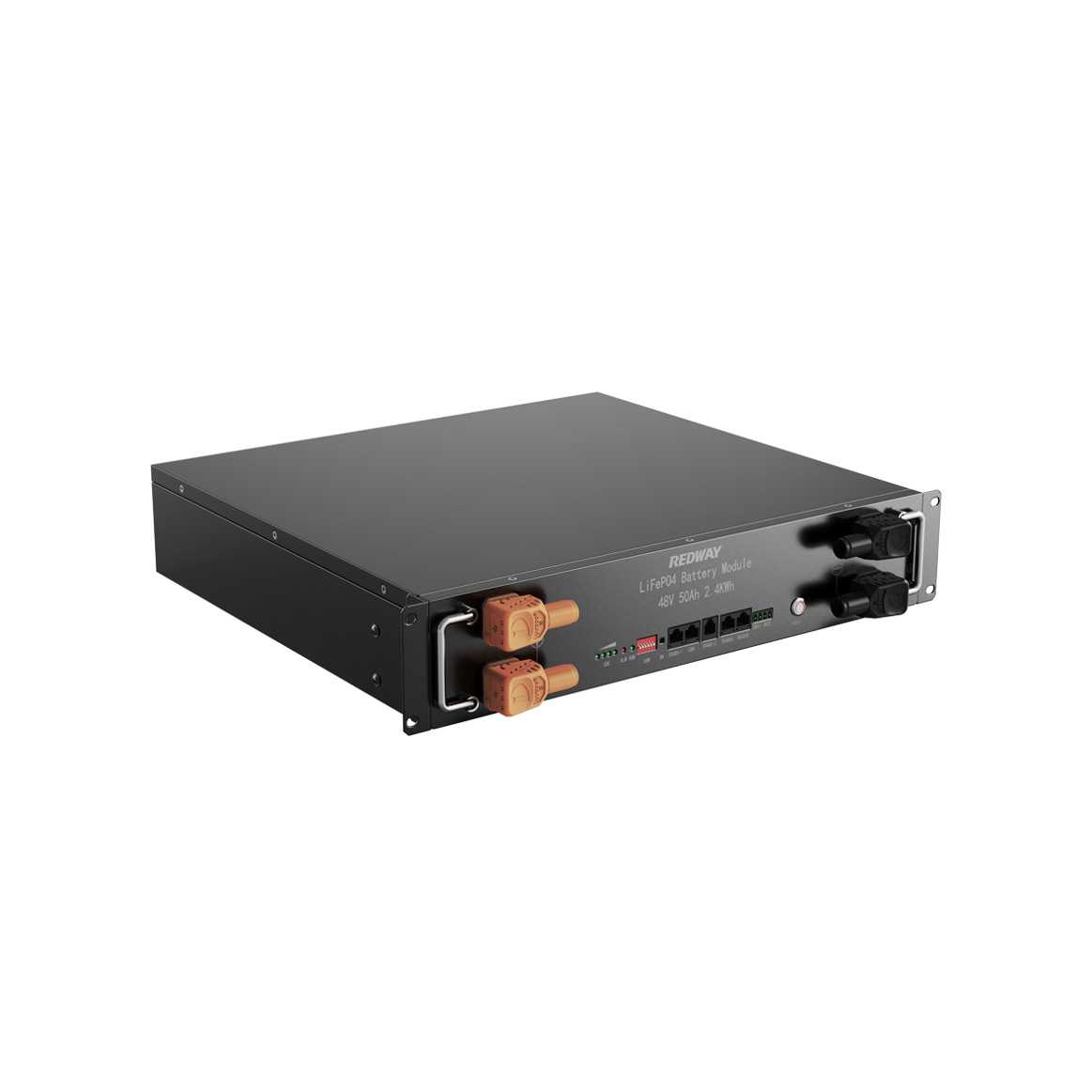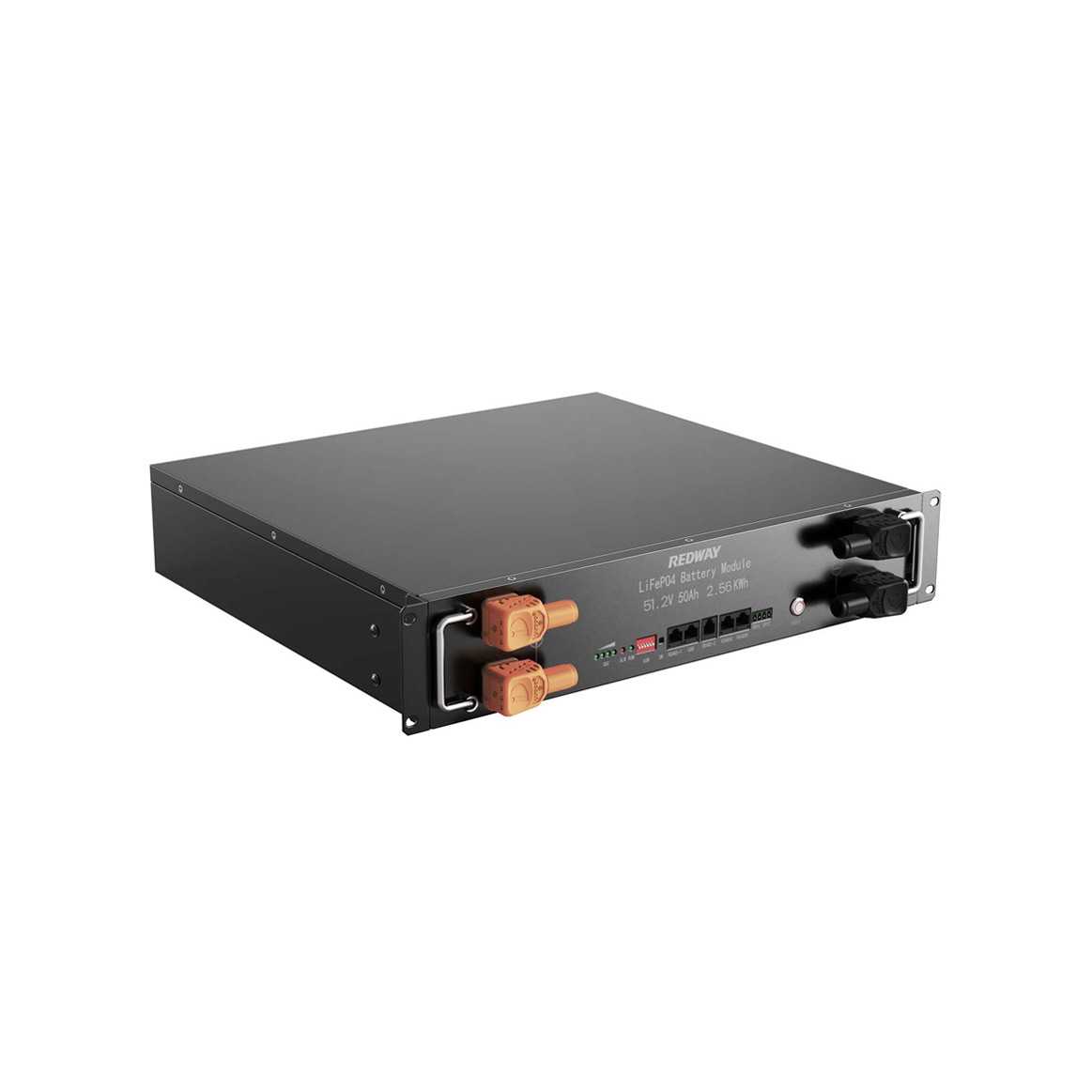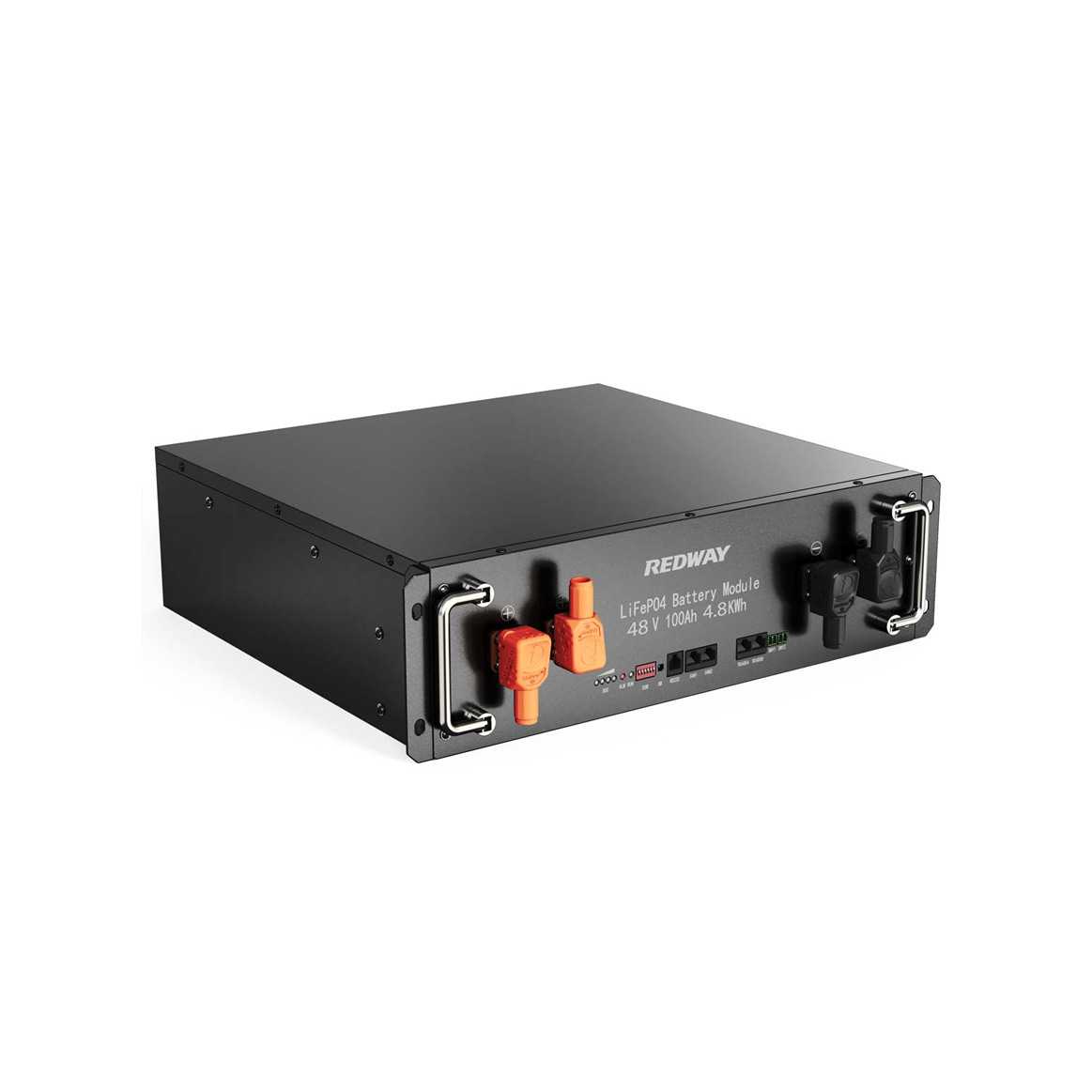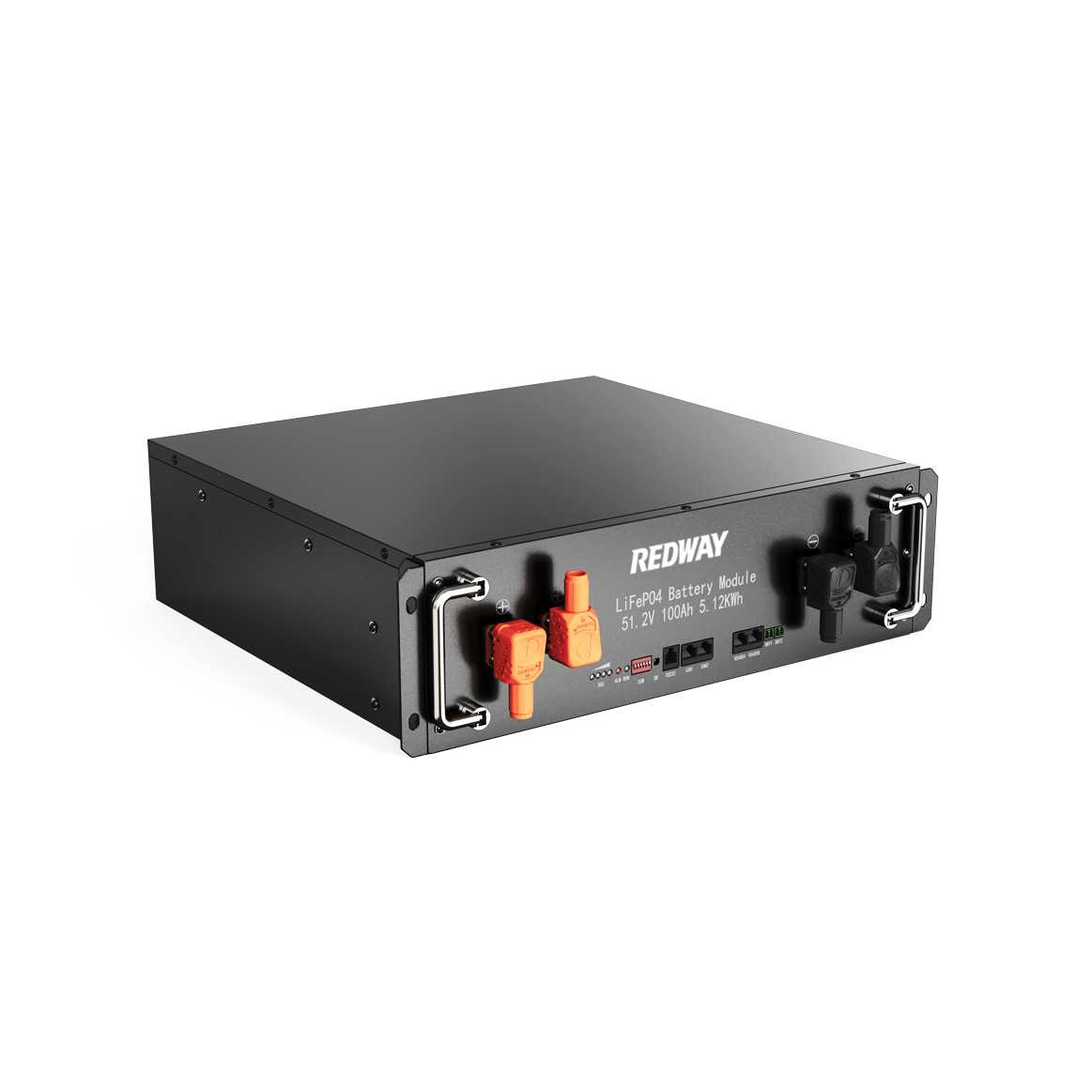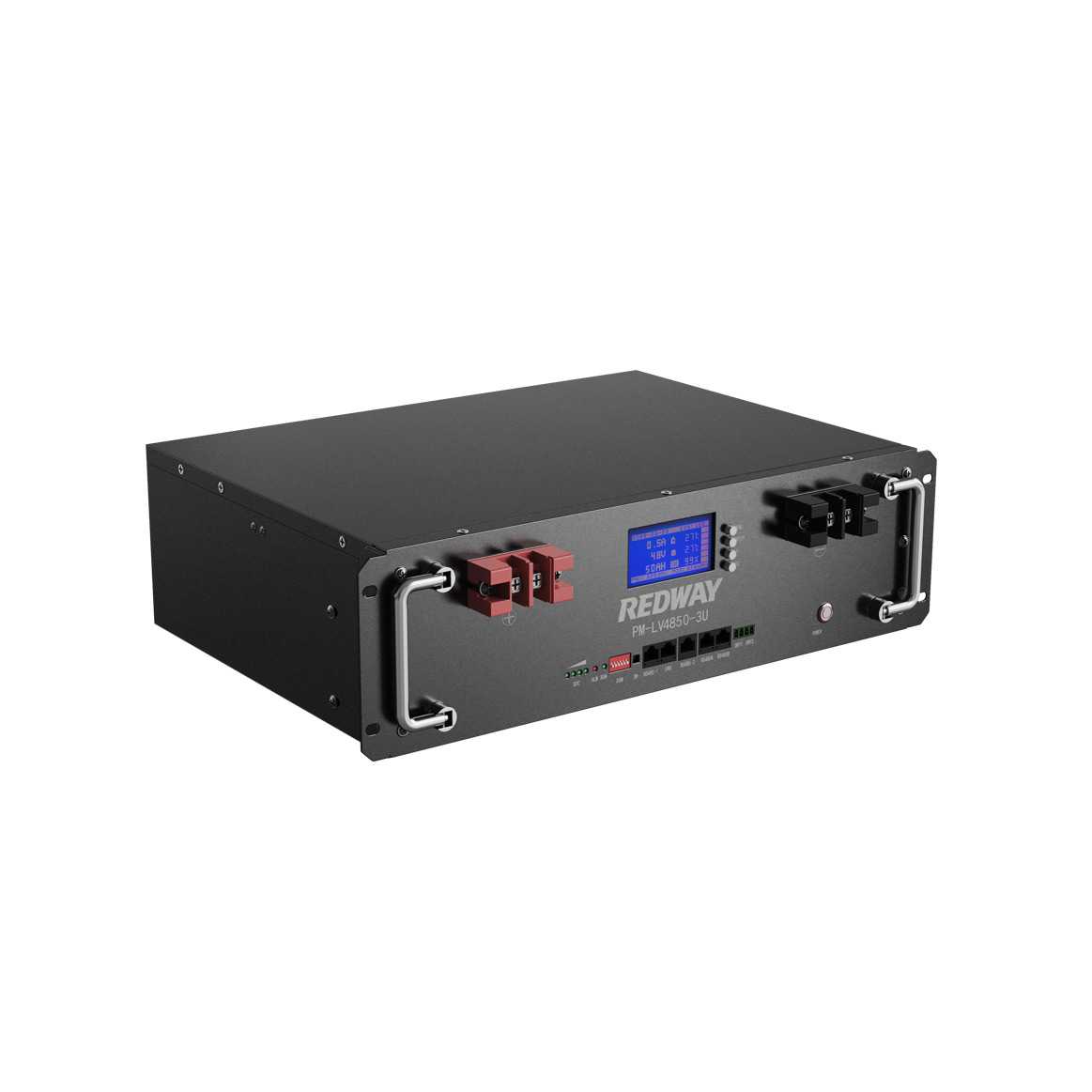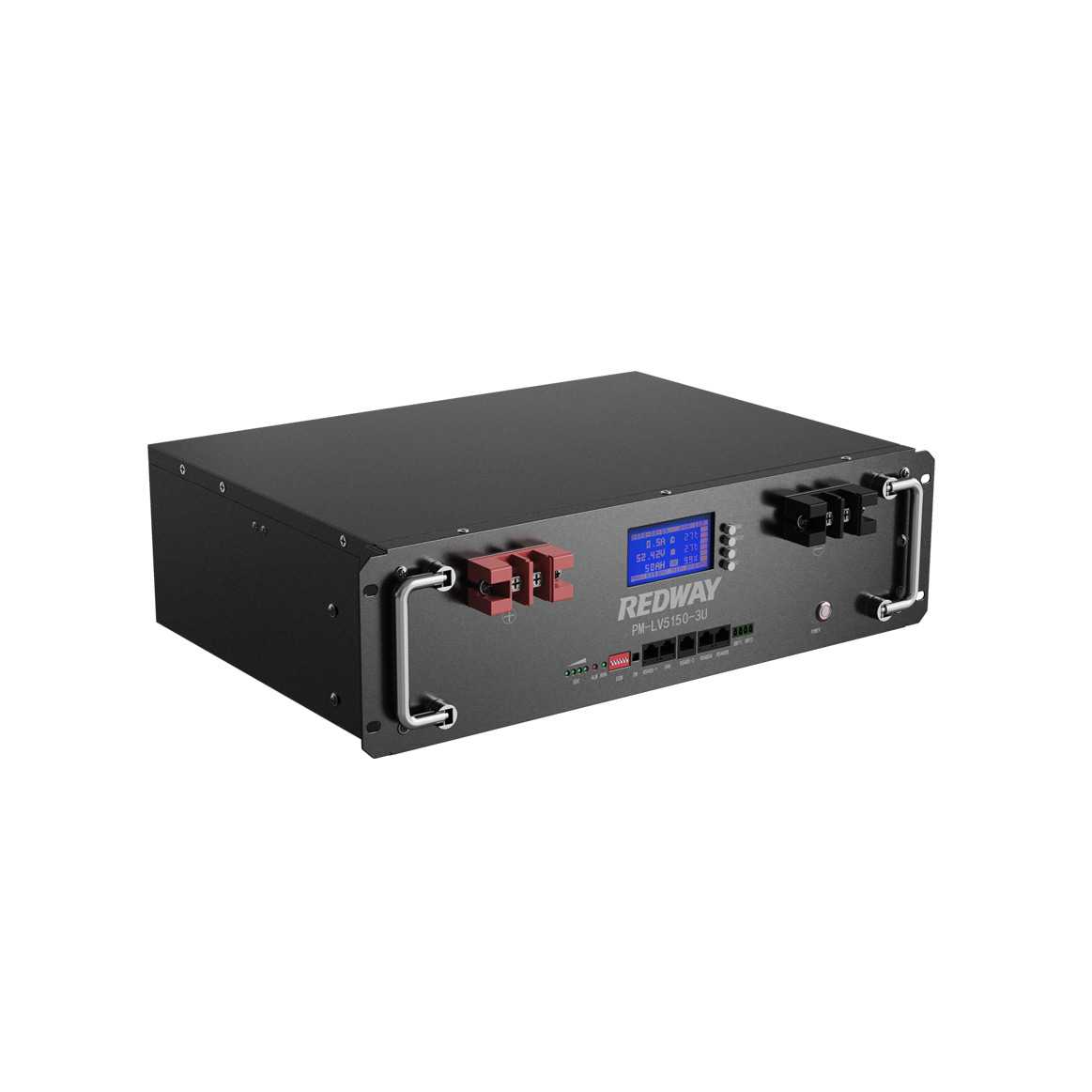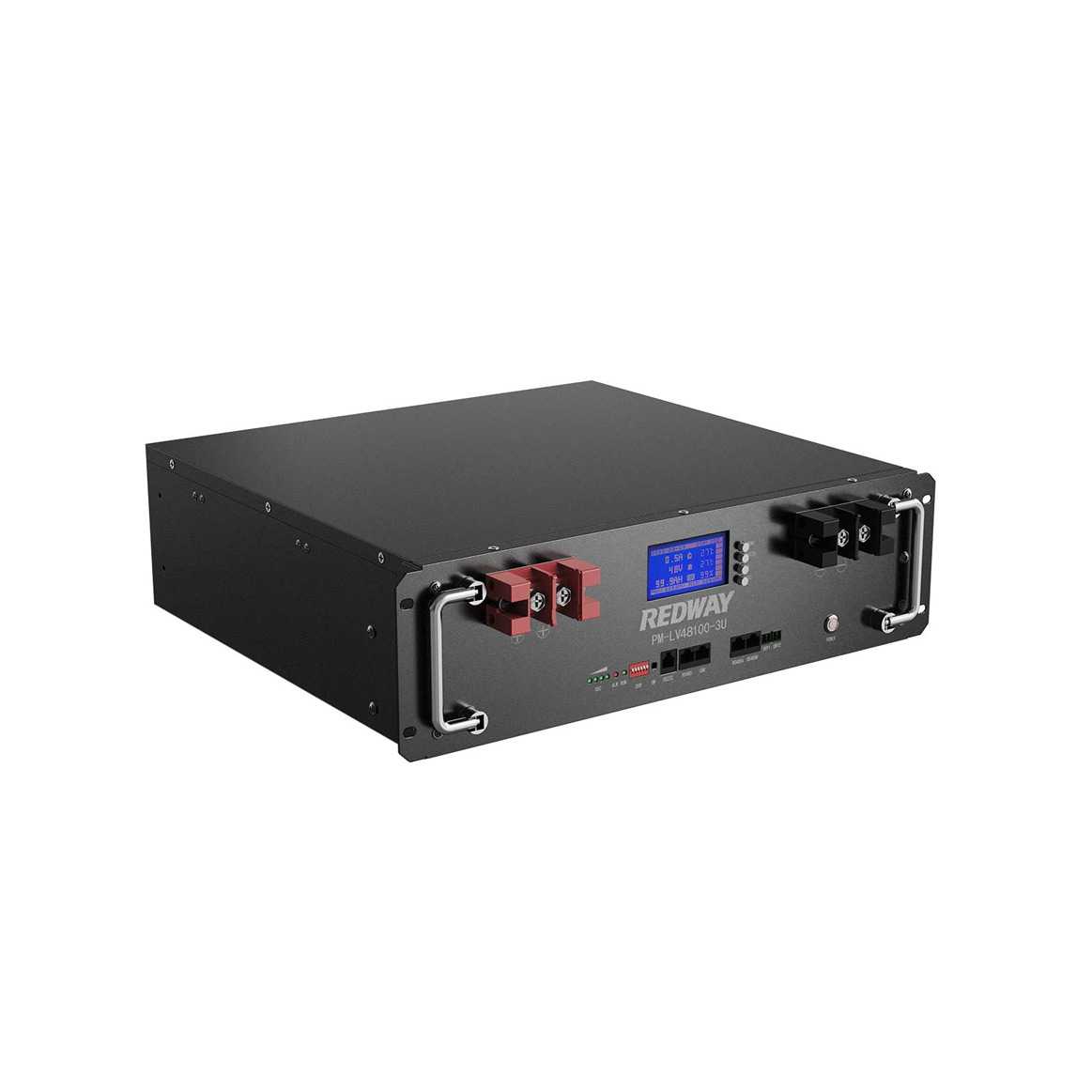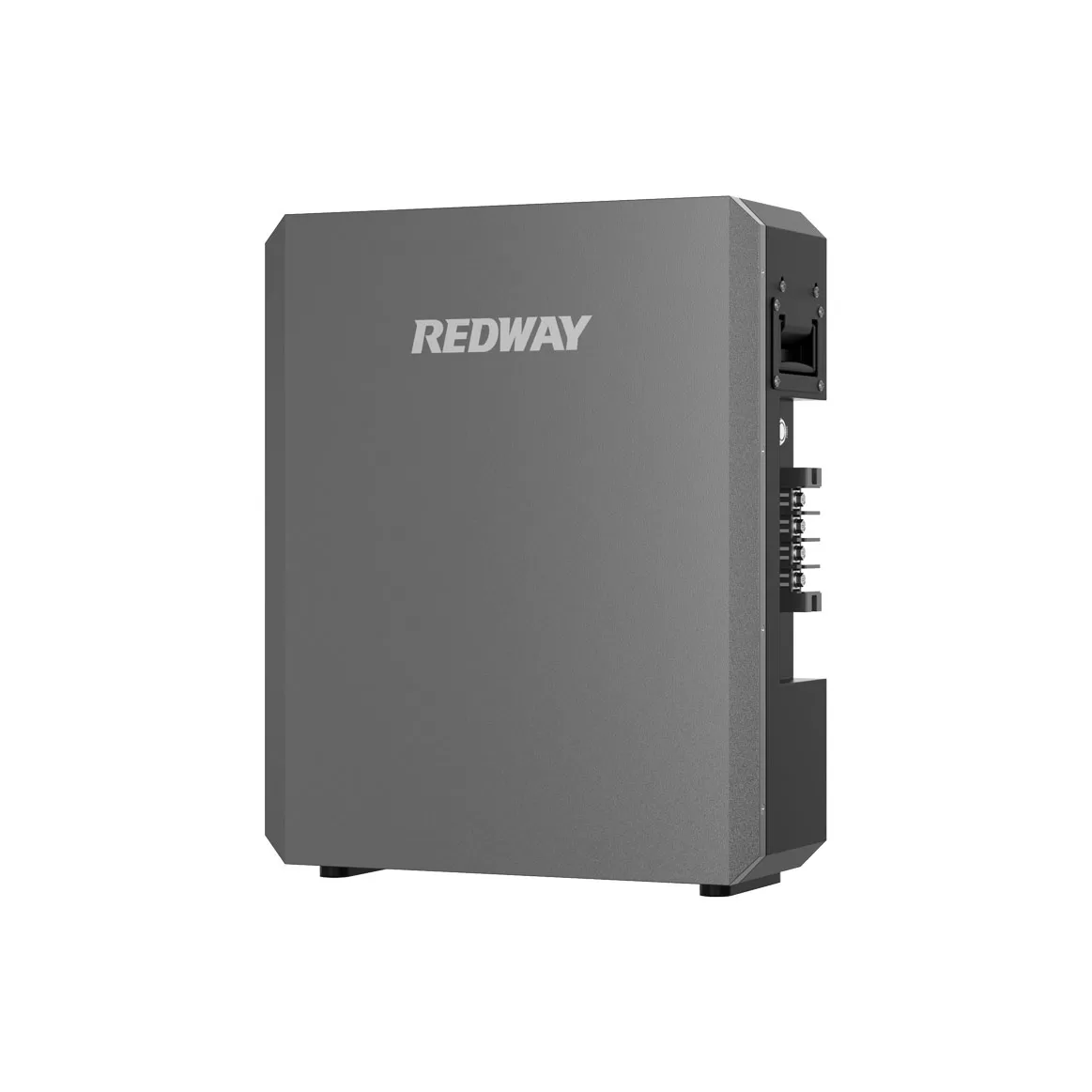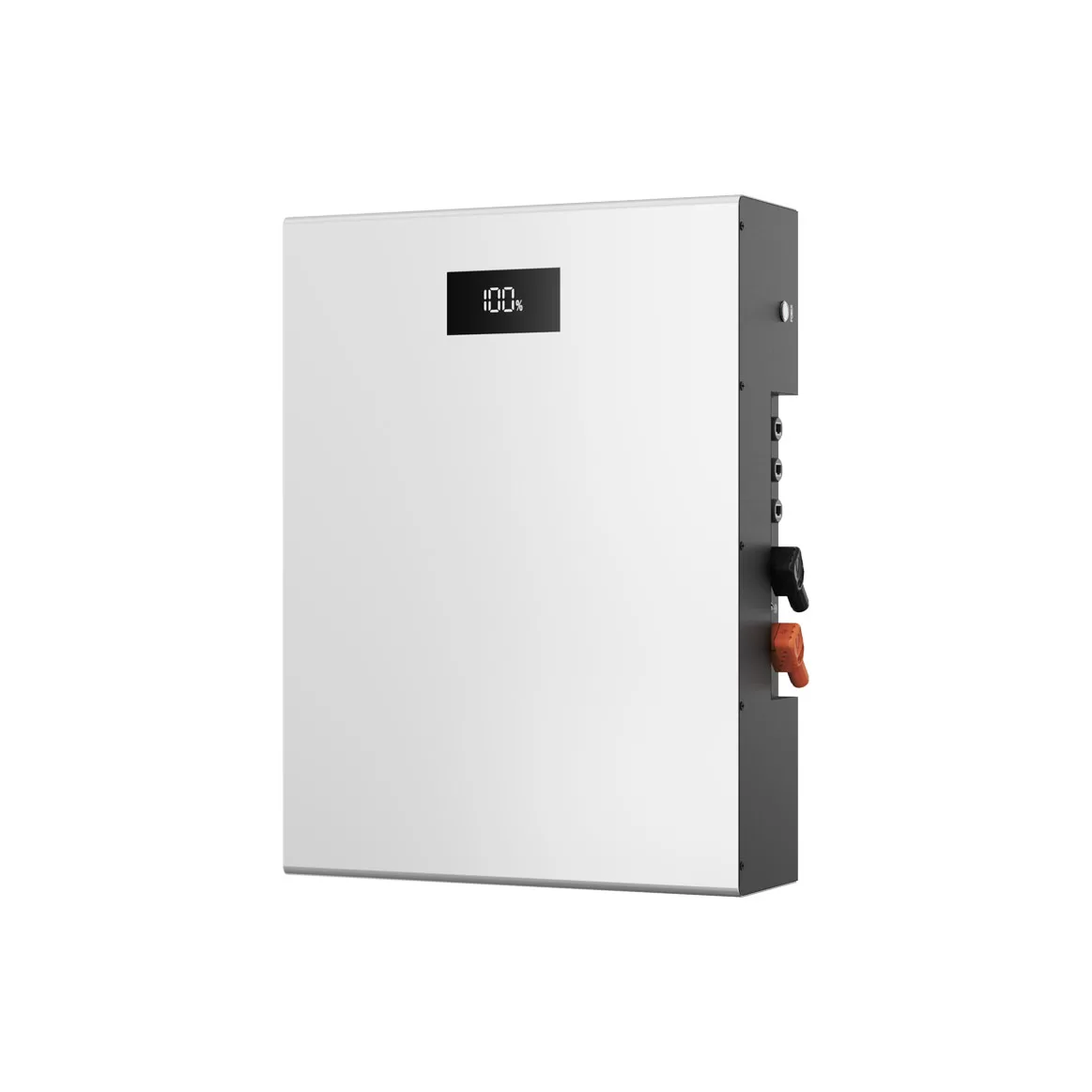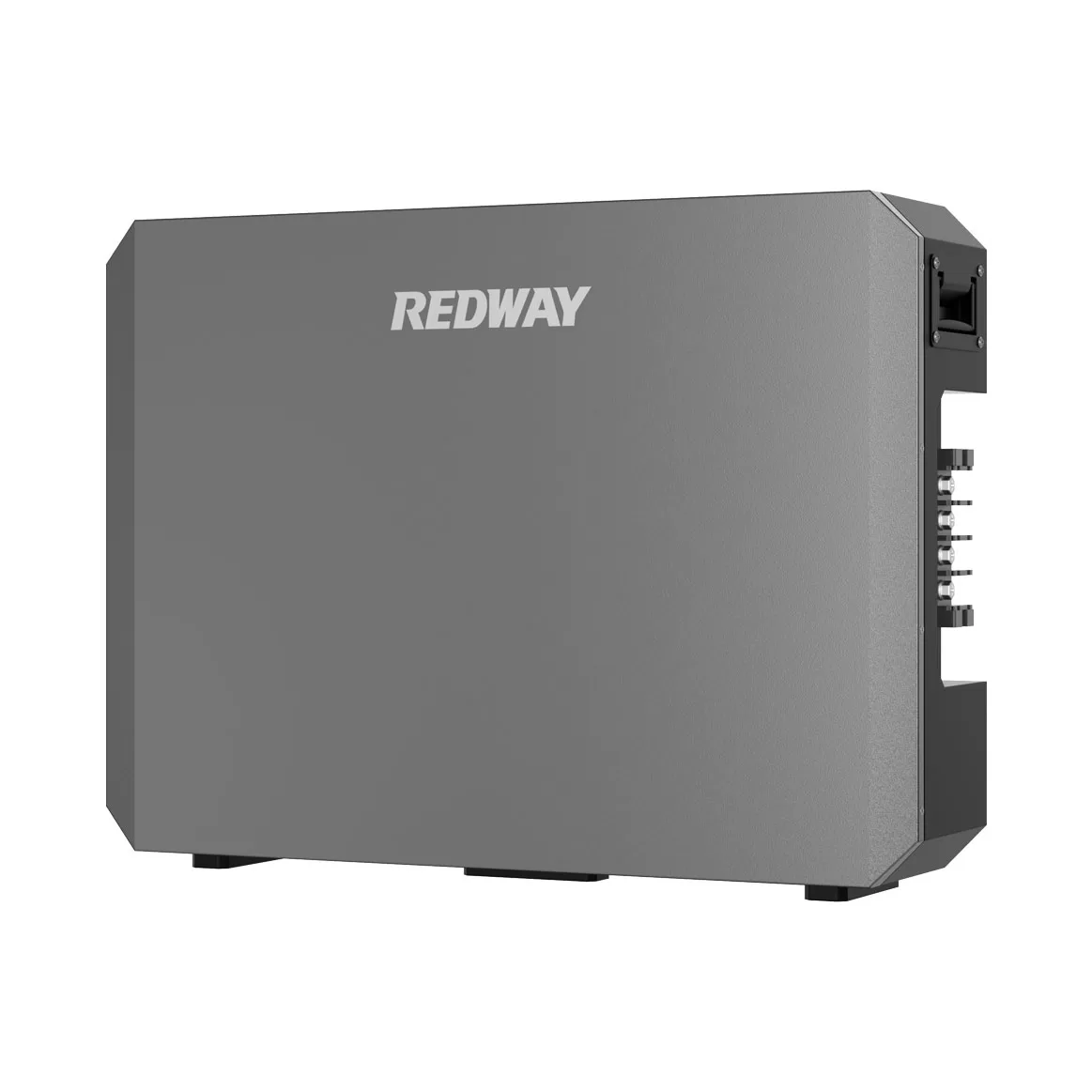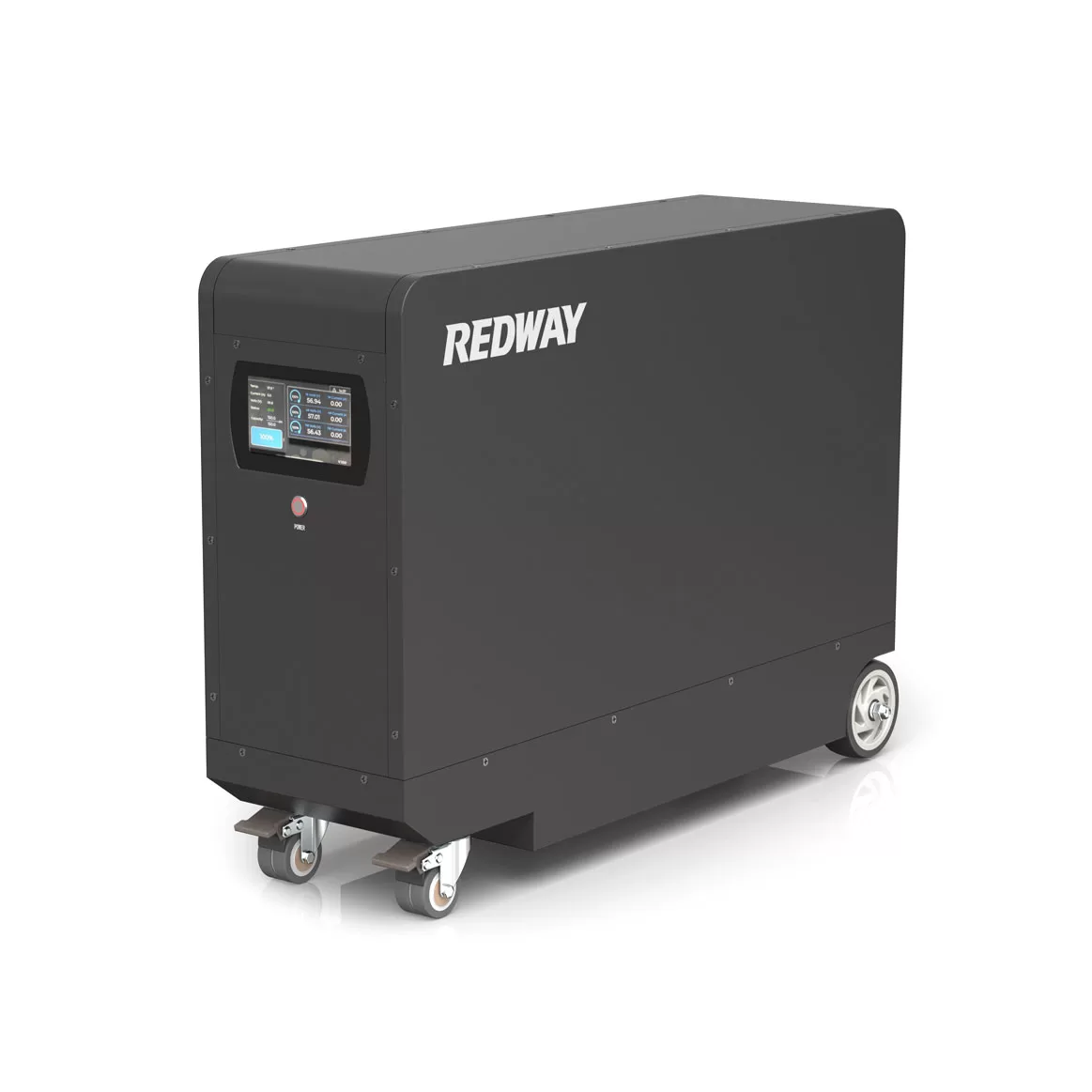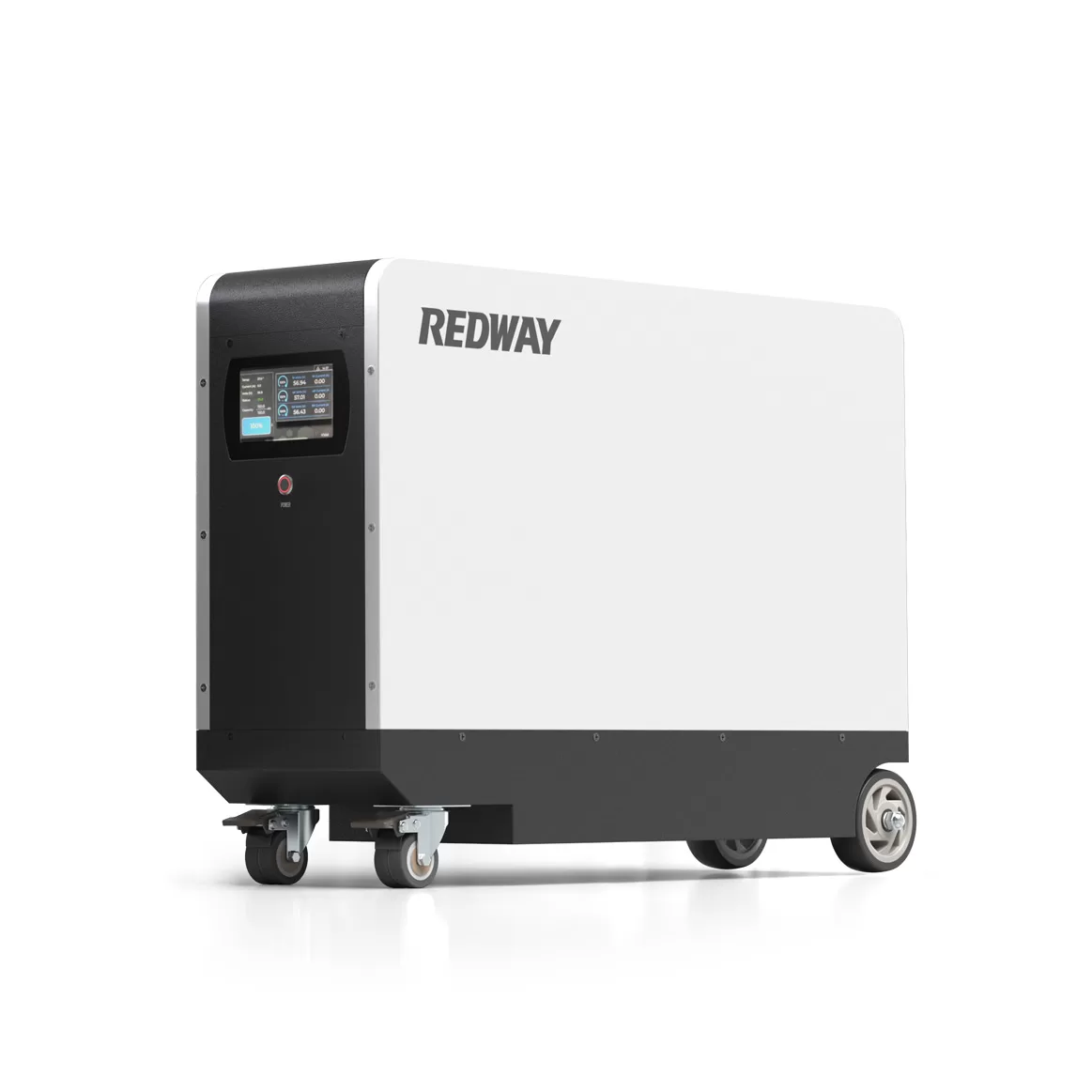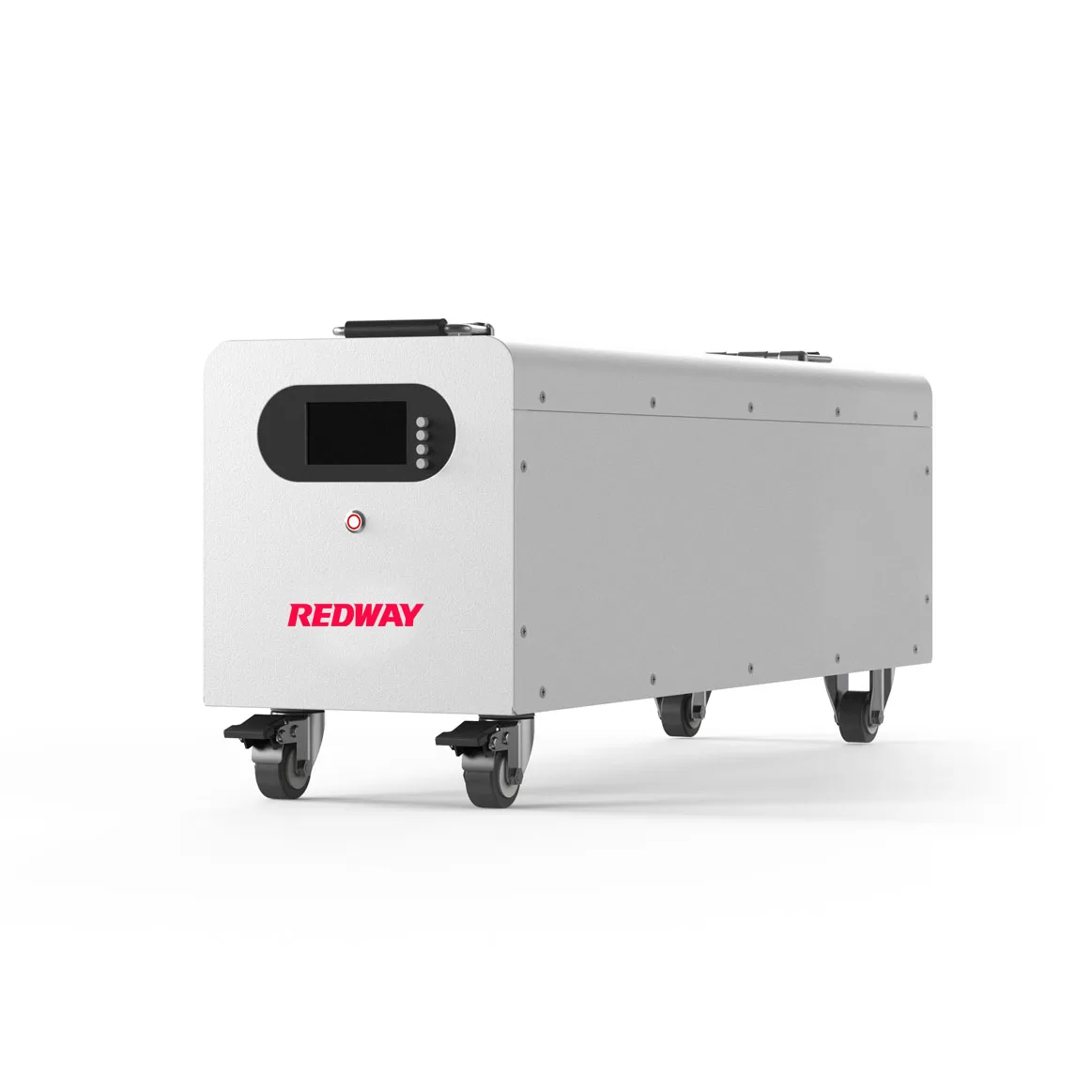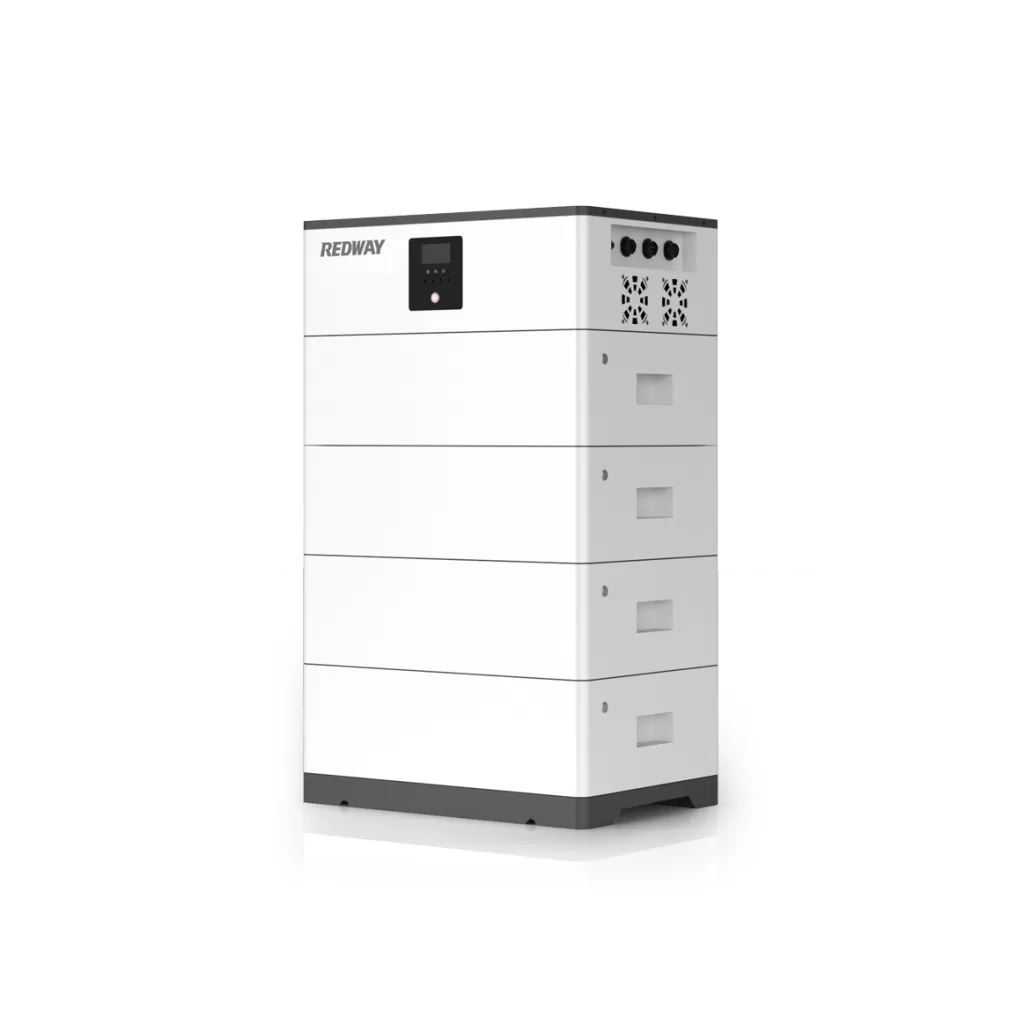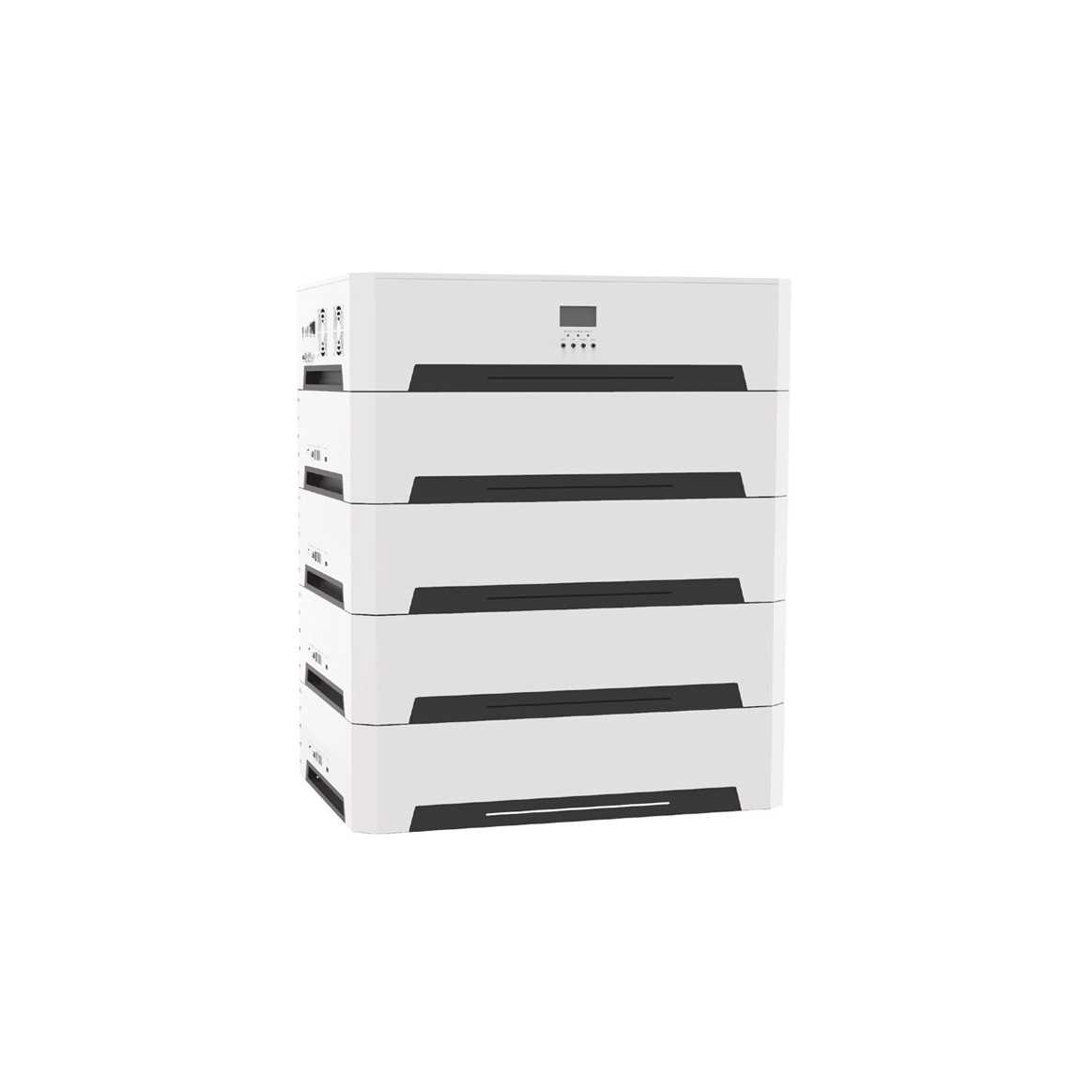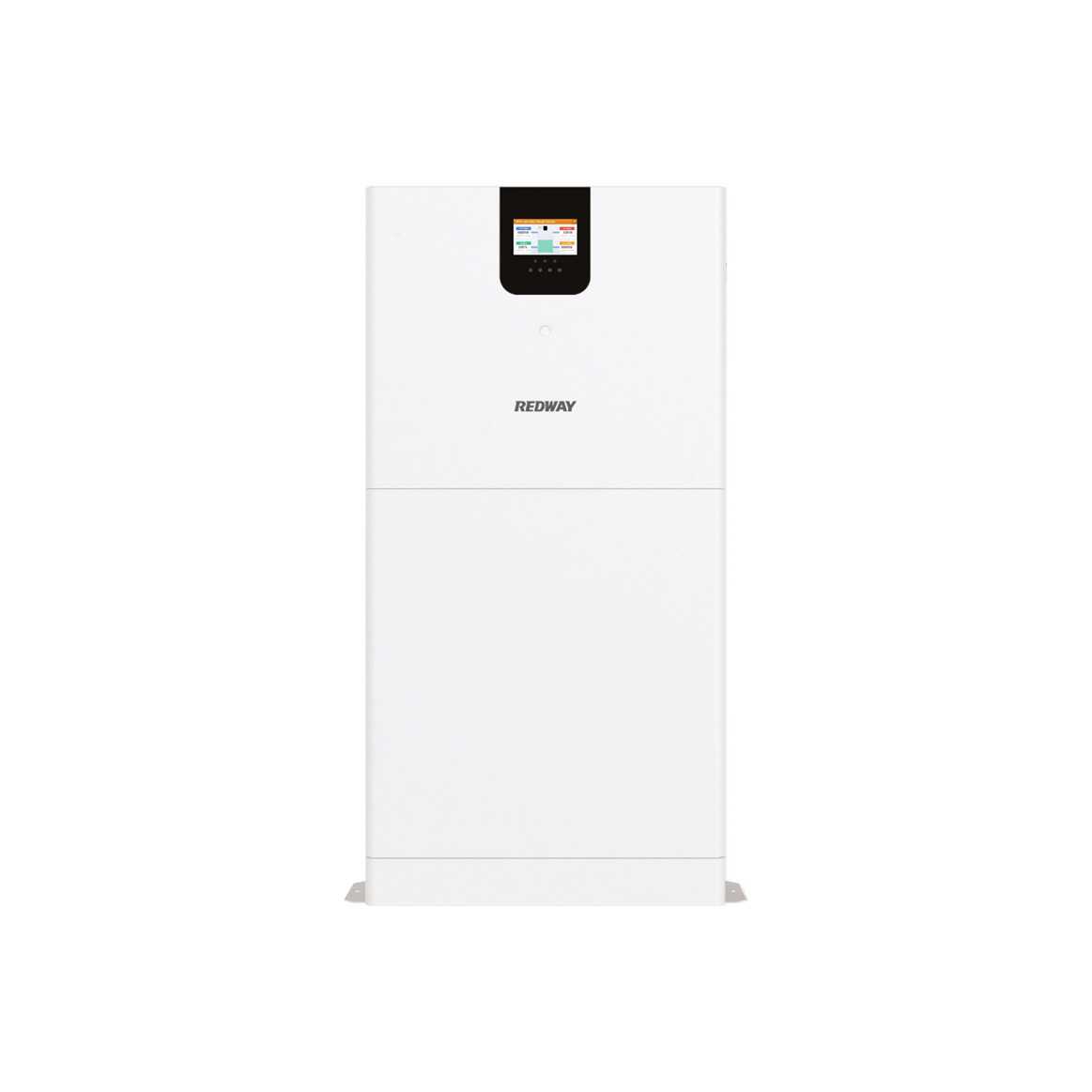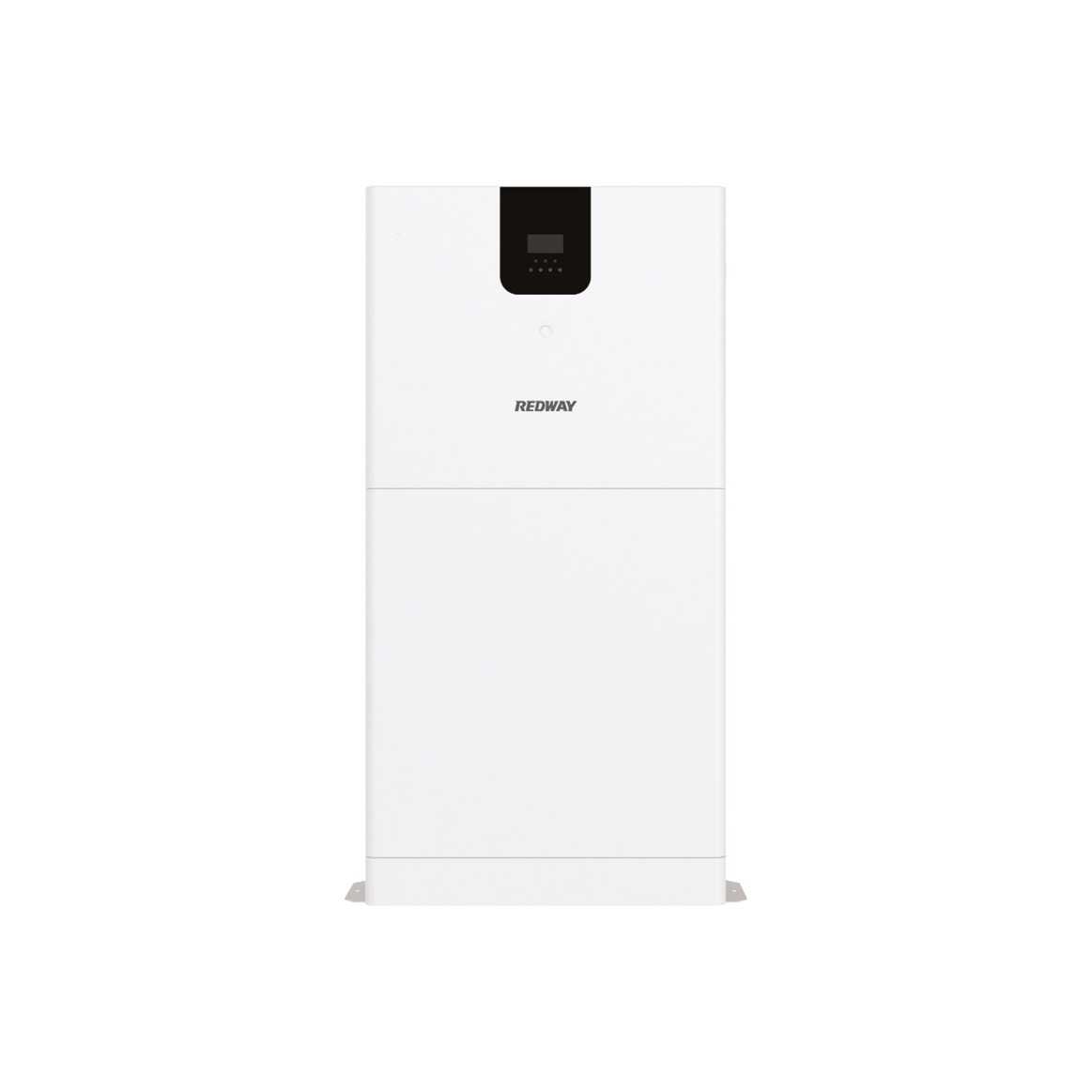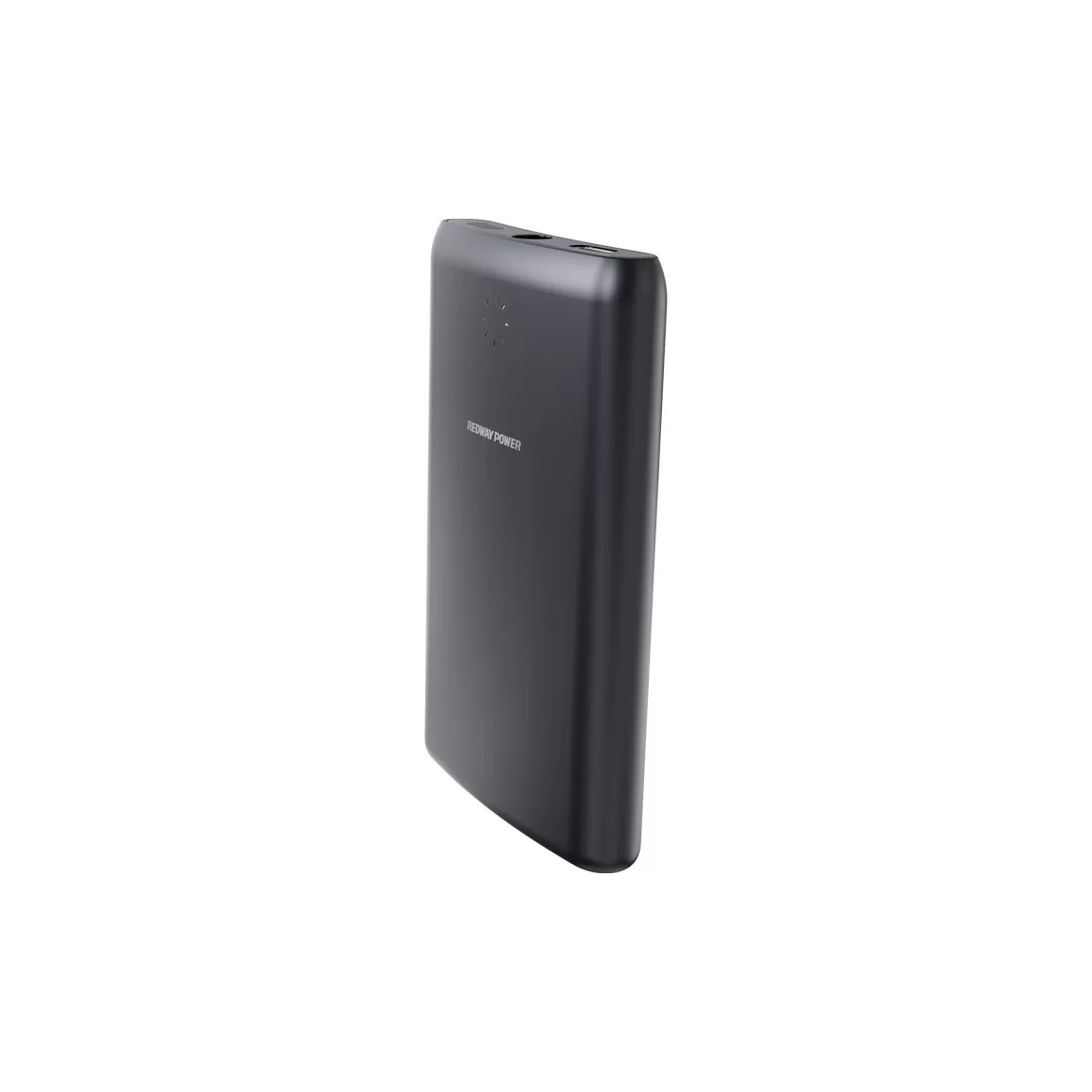Muchos factores han contribuido a la meteórica popularidad del almacenamiento de energía para uso residencial, comercial e industrial. El almacenamiento de energía se ha convertido tanto en una industria como en un servicio. Como resultado de la creciente preocupación por el importante impacto medioambiental de los combustibles fósiles, se ha producido un aumento significativo del interés por el almacenamiento de energía.
Con una historia que se remonta a principios de 1800, las baterías han sufrido cambios significativos en términos de capacidad de almacenamiento, materiales, tamaño, eficiencia y uso. Se estima que las baterías dominan alrededor del 81 por ciento del mercado total de almacenamiento de electricidad. Tiene varias opciones cuando se trata de almacenamiento de energía doméstico y comercial. También tiene varias opciones dentro de una solución de batería si lo está considerando. Las baterías de plomo-ácido y las baterías de litio-hierro son los dos tipos de baterías más comúnmente disponibles.
CONCEPTOS BÁSICOS DE LAS BATERÍAS DE PLOMO-ÁCIDO
Debido a su base de fabricación establecida y su costo relativamente bajo, las baterías de plomo-ácido continúan siendo una fuerza en nuestros mercados durante más de 100 años. Hay dos tipos principales de baterías de plomo-ácido: baterías de plomo-ácido inundadas (FLA) y baterías de plomo-ácido selladas (SLA)/plomo-ácido reguladas por válvula (VRLA).
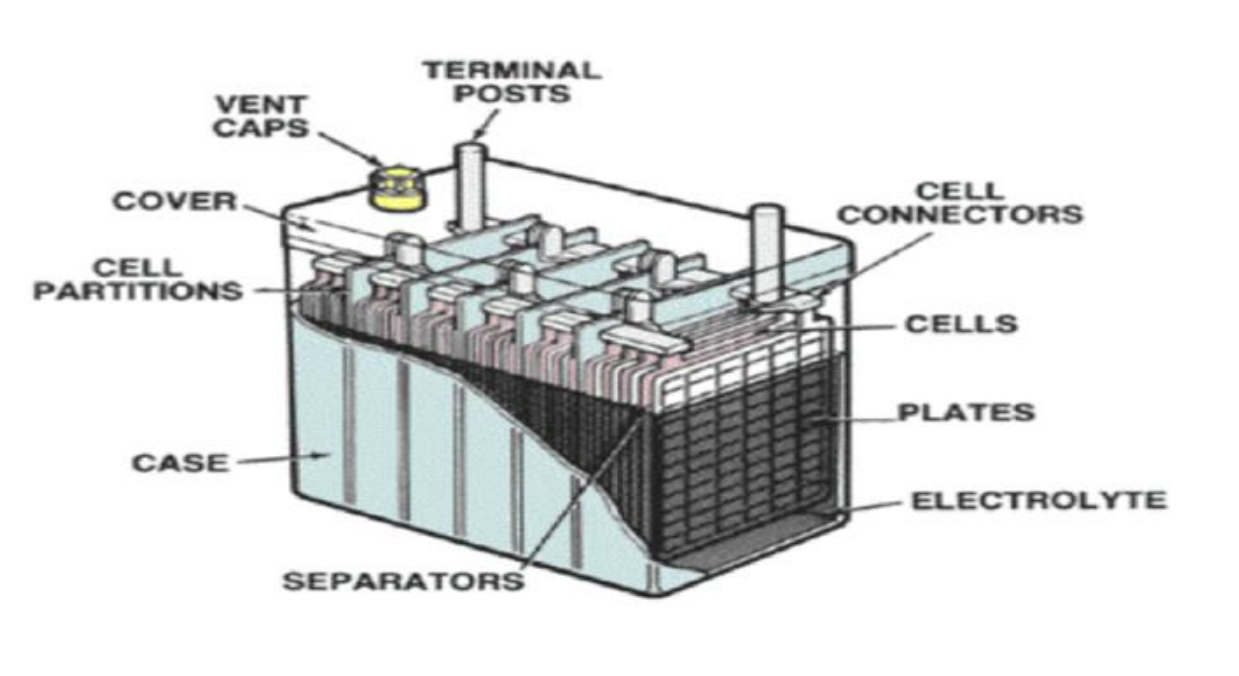
A diferencia de las baterías SLA/VRLA, las baterías FLA requieren tres cosas: sentarse en posición vertical para evitar fugas de electrolito, estar ventiladas para permitir que los gases se difundan cómodamente y mantener regularmente el electrolito. Las baterías FLA también se sumergen en agua, por lo que las placas están sumergidas.
Hay dos tipos de baterías SLA/VRLA: AGM (Absorbent Glass Mat) y baterías de gel. Ambas baterías requieren poco mantenimiento y son a prueba de derrames, a diferencia de las baterías FLA.
En comparación con las baterías AGM, las baterías de gel tienden a tener velocidades de carga y capacidades de salida más lentas. No pueden manejar tanta corriente como las baterías AGM, por lo que requieren tiempos de carga más largos y proporcionan menos energía.
Una batería de plomo-ácido tiene dos tipos: una batería de “ciclo profundo” y una batería de “ciclo superficial”. La batería de ciclo superficial proporciona pulsos de alta potencia durante períodos cortos, y las baterías de ciclo profundo pueden funcionar durante varias horas.
CONCEPTOS BÁSICOS DE LAS BATERÍAS DE LITIO-HIERRO
Las baterías de hierro y litio son inventos relativamente nuevos. En 1980, el físico John Goodenough inventó una batería que aprovecha la migración de iones Li+ de un electrodo a otro.
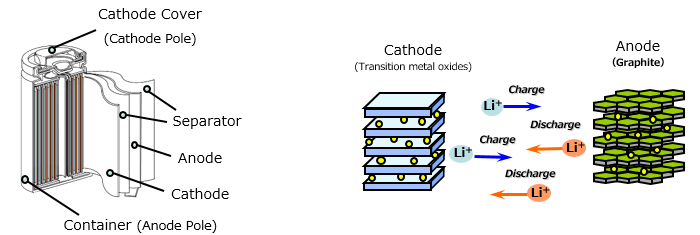
Debido a su peso ligero y propiedades electroquímicas excepcionales, el litio tiene la capacidad de producir altos voltajes en espacios relativamente pequeños a pesar de ser uno de los elementos más ligeros de la tabla periódica. A diferencia de las baterías de plomo-ácido, las celdas de litio-hierro son capaces de cargarse y descargarse en grados mucho más altos.
COMPARACIÓN ENTRE LAS BATERÍAS DE PLOMO-ÁCIDO Y LAS DE FOSFATO DE HIERRO Y LITIO
Durante años, las baterías de plomo-ácido han dominado el mercado debido a sus bajos costos y su base de fabricación establecida, pero las baterías de litio-hierro han ganado una enorme popularidad en los últimos años. De hecho, los dos tipos más comunes de baterías utilizadas en entornos comerciales y residenciales son ahora el plomo-ácido y el litio-hierro.
Existen claras diferencias entre las baterías de plomo-ácido y litio en términos de química, costo y rendimiento. Vea cómo se comparan estas dos tecnologías.
DOD (PROFUNDIDAD DE DESCARGA)
La profundidad de descarga mide cuánta energía se puede drenar de forma segura de una batería antes de que sea necesario recargarla. Se refiere a la capacidad total que se puede consumir de forma segura antes de que sea necesario recargar una batería.
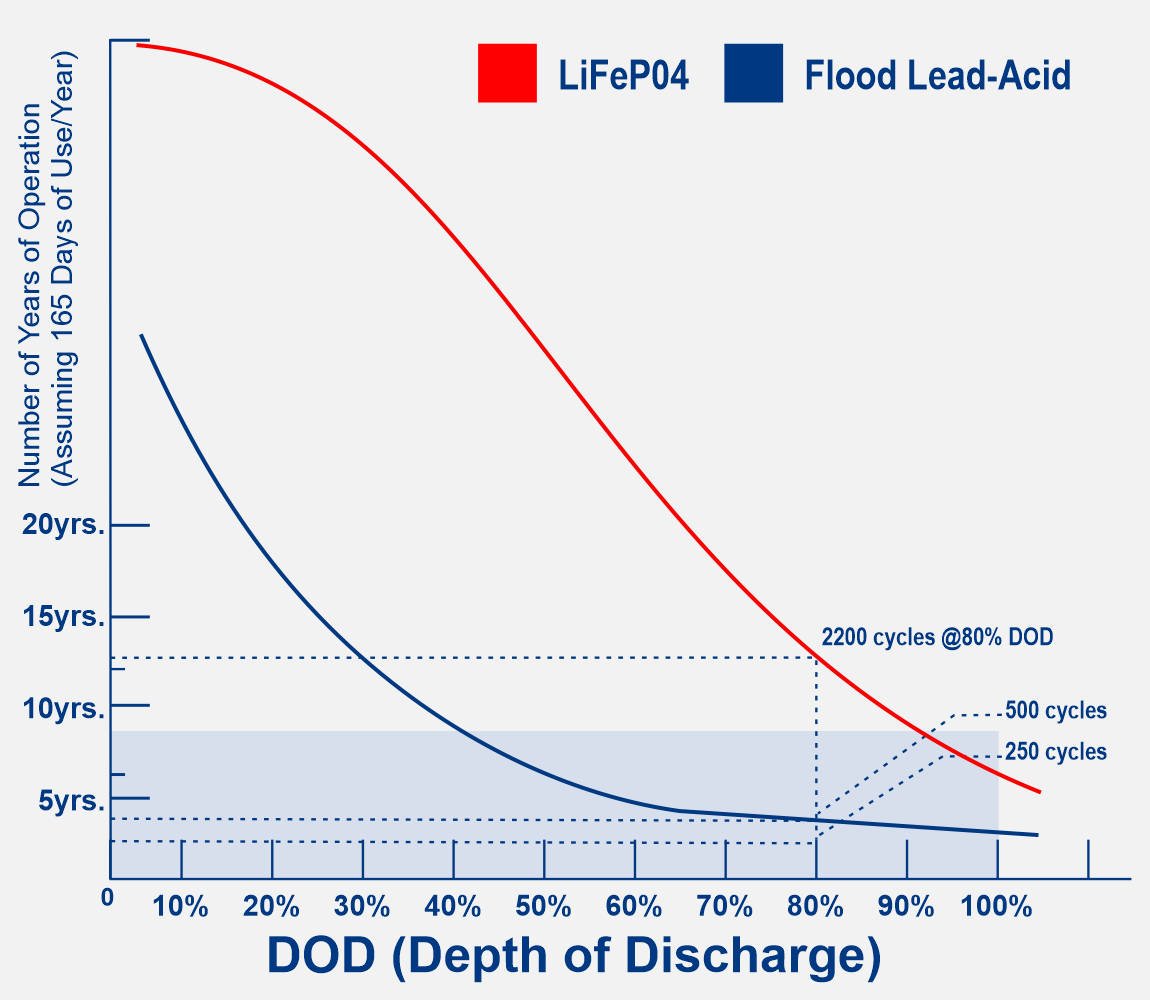
Si continúa usando una batería de plomo-ácido más allá del 50 por ciento, afectará negativamente su vida útil y efectividad. Las baterías de plomo-ácido se pueden descargar de forma segura hasta en un 50 por ciento. Las baterías de hierro y litio suelen tener un valor de profundidad de descarga más alto. Pueden descargarse entre el 80 y el 85 por ciento de su capacidad energética antes de que sea necesario recargarlas.
Es ideal para utilizar baterías de fosfato de hierro y litio (LiFePO4) para aplicaciones de energía solar. No requieren el mantenimiento rutinario que requieren las baterías FLA y no requieren un entorno bien ventilado como las baterías FLA.
EFICACIA
Un factor importante a tener en cuenta a la hora de comprar una batería es su eficiencia. Una batería más eficiente descargará más energía en comparación con la cantidad que consume.
En el caso de los paneles solares, las baterías de plomo-ácido tienen una eficiencia del 80 al 85 por ciento. Debido a esto, solo hay disponibles de 800 a 850 vatios de energía solar por cada 1000 vatios absorbidos por las baterías. Compare esto con las baterías de hierro y litio, que tienen un índice de eficiencia de más del 95 por ciento. Tendrías más de 950 vatios de potencia disponibles por cada 1000 vatios de potencia.
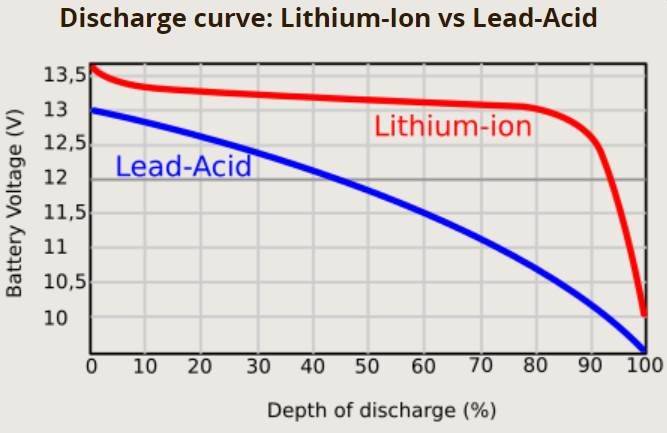
As a result of more efficient batteries, you will also be able to use fewer solar panels, a smaller backup generator, and lower capacity batteries.
RATE OF CHARGE
In addition, batteries with higher efficiency ratings can be charged faster than those with lower efficiency ratings. As a result, they can handle more current from the charger because they are designed to handle more amperage. In addition to having a higher rate of charge, lithium-iron batteries have higher efficiency ratings.
For example, a 500 Ah battery receives 100 amps of charging in five hours because the rate of charge is expressed as a fraction of the amp hour.
It is common for lead-acid batteries to overheat when charged with a high-amperage charger because they have a relatively limited current capacity. Charging current of Lead acid battery (Right Figure) compared to the LifePO4 battery (Left Figure) can be observed below:
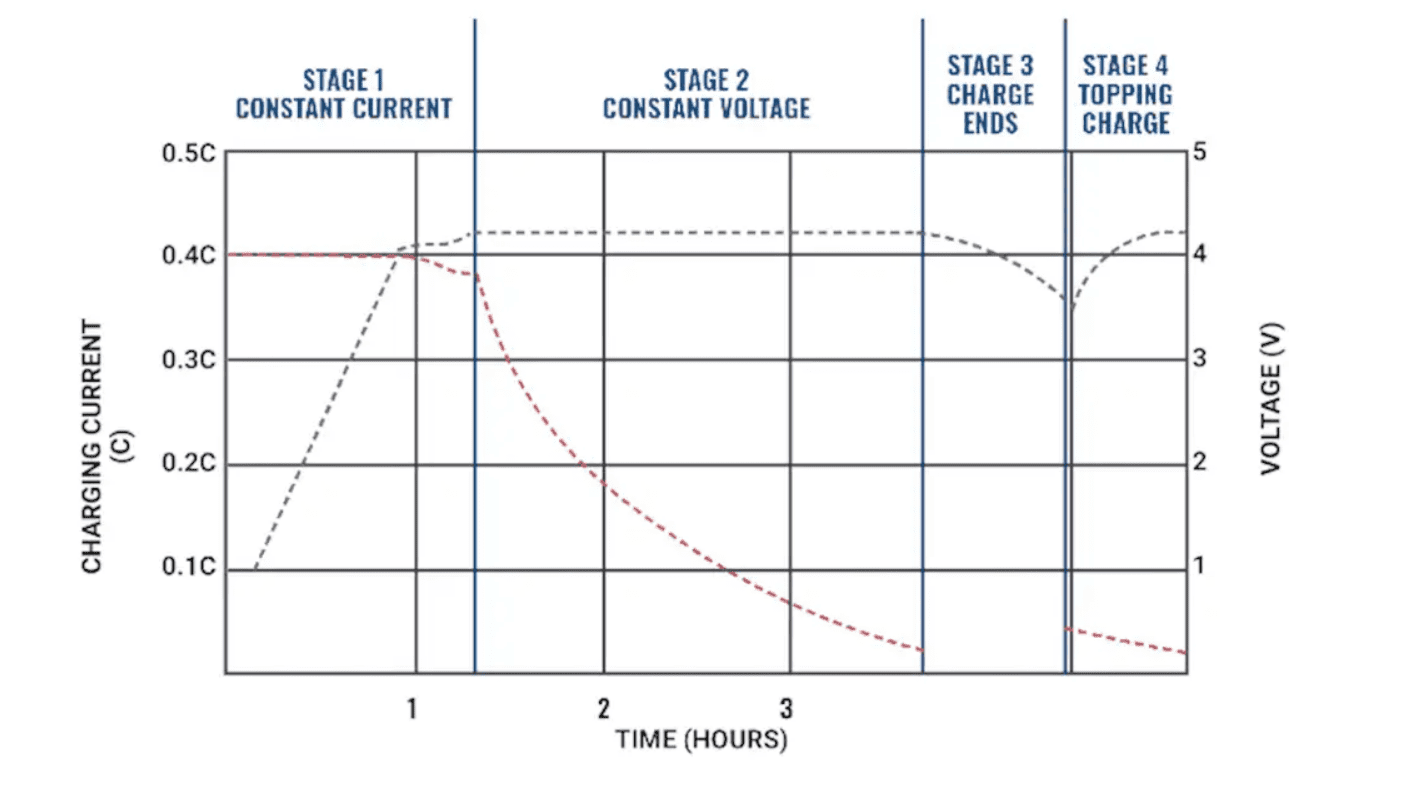
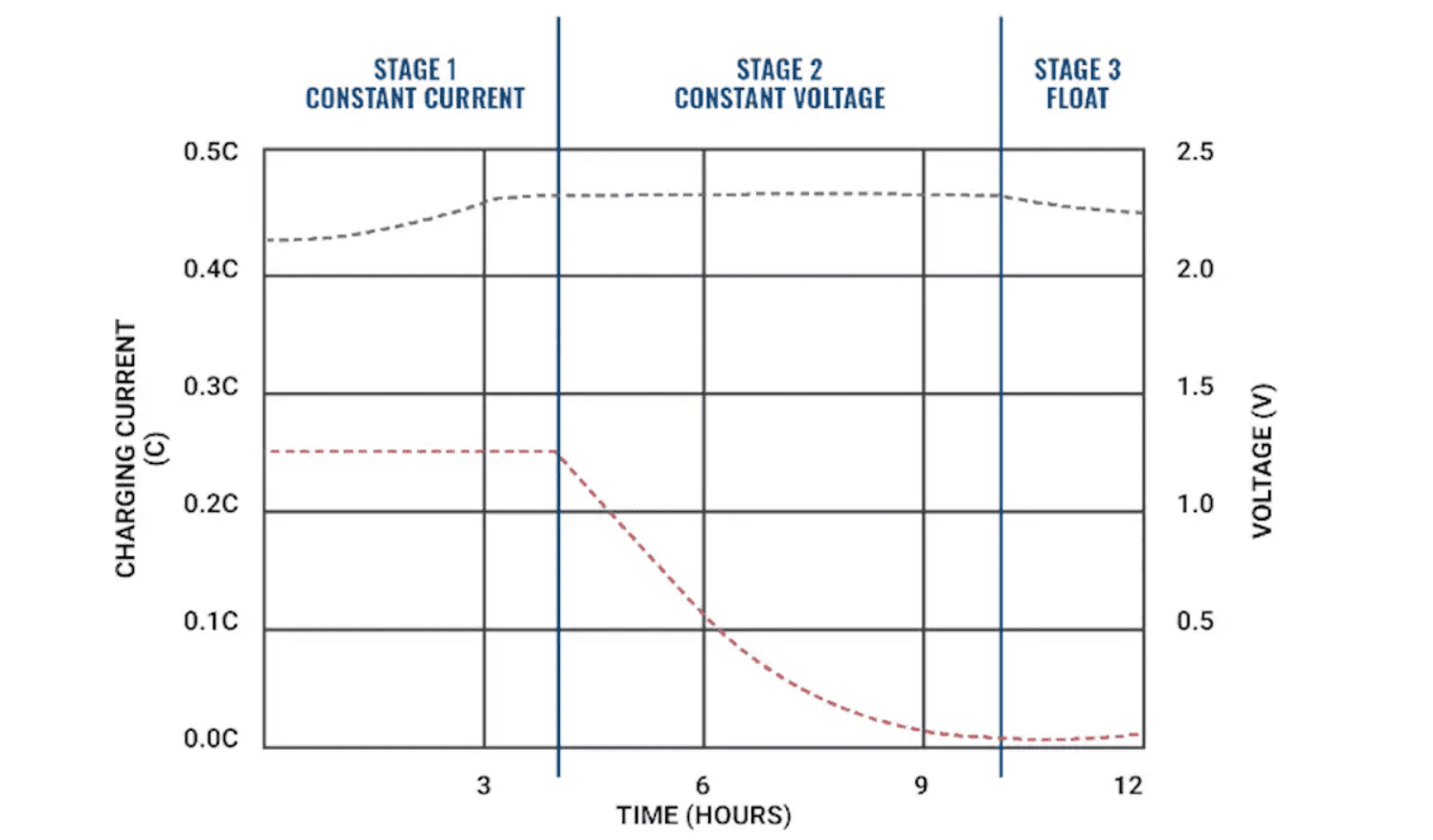
CAPACITY OR ENERGY DENSITY
Generally, battery capacities are measured by the amount of energy they can store (and discharge) within a given physical space. Manufacturers and models vary in their capacity values.
The energy density of lithium-iron batteries tends to be higher than that of lead-acid batteries. In other words, they can store more energy for the same size. However, they are usually larger and more difficult to install than lead-acid batteries.
In reality, the trade off isn’t much, given that you will need more lead-acid batteries to accomplish the same task as fewer lithium-iron setups. The same amount of power can be provided by eight lead-acid batteries to power a 5.13 kW system, but only by two lithium-iron batteries. If you have high energy requirements, lithium-iron battery systems can also be used in smaller and tighter spaces.
COST
Compared to lithium-iron batteries, lead-acid batteries are more affordable in terms of upfront and installation costs. It is typically several hundreds—sometimes thousands—of dollars cheaper to install a lead-acid battery system than a standard lithium-iron setup of the same size. The cost depends on the size of the battery and the installation process.
Despite the fact that lead-acid batteries may seem more affordable, lithium-iron batteries have a longer lifecycle and are more effective. Considering that you won’t have to replace a lithium-iron battery as soon as you would a lead-acid battery, they aren’t exactly more expensive.
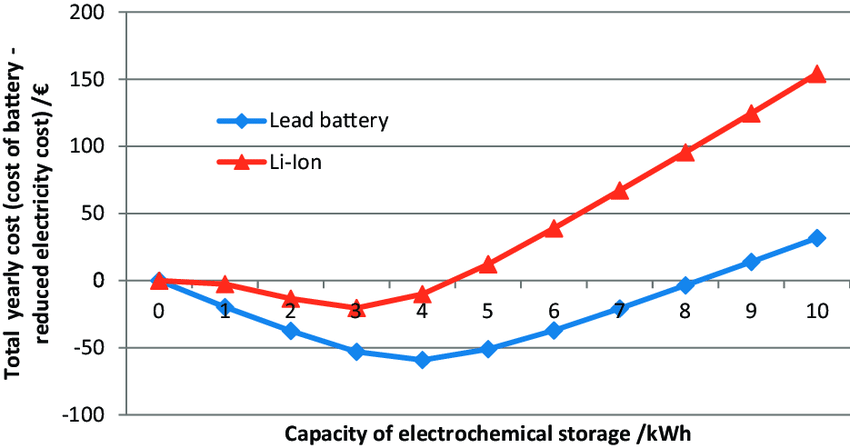
LIFESPAN
All batteries depreciate over time and lose effectiveness. A battery’s lifespan depends on how many charge cycles it can undergo. One charge cycle begins when it is used and ends when it is charged again. It is estimated that a battery will last for a certain number of charge cycles before it will expire.
The life cycle of lead-acid batteries varies widely, ranging from 200 charge cycles in a year to 100 charge cycles in five years. However, lithium-iron batteries usually last longer than lead-acid batteries.
SAFETY OF USE
It is generally safe to use both lead-acid and lithium-iron batteries indoors. Both are designed to provide an environmentally friendly and safer alternative to power generators. But there are always safety risks associated with any device or appliance. Neither type of battery is immune to cell overheating, leading to electrolyte leaks and flame emissions.
A lithium-iron battery is more prone to overheating due to its higher energy density, i.e. the ability to store more energy in a smaller volume. A majority of quality manufacturers include built-in circuit breakers to stop charging current when the voltage is maxed out, if overheating occurs, or if excessive internal pressure builds up.
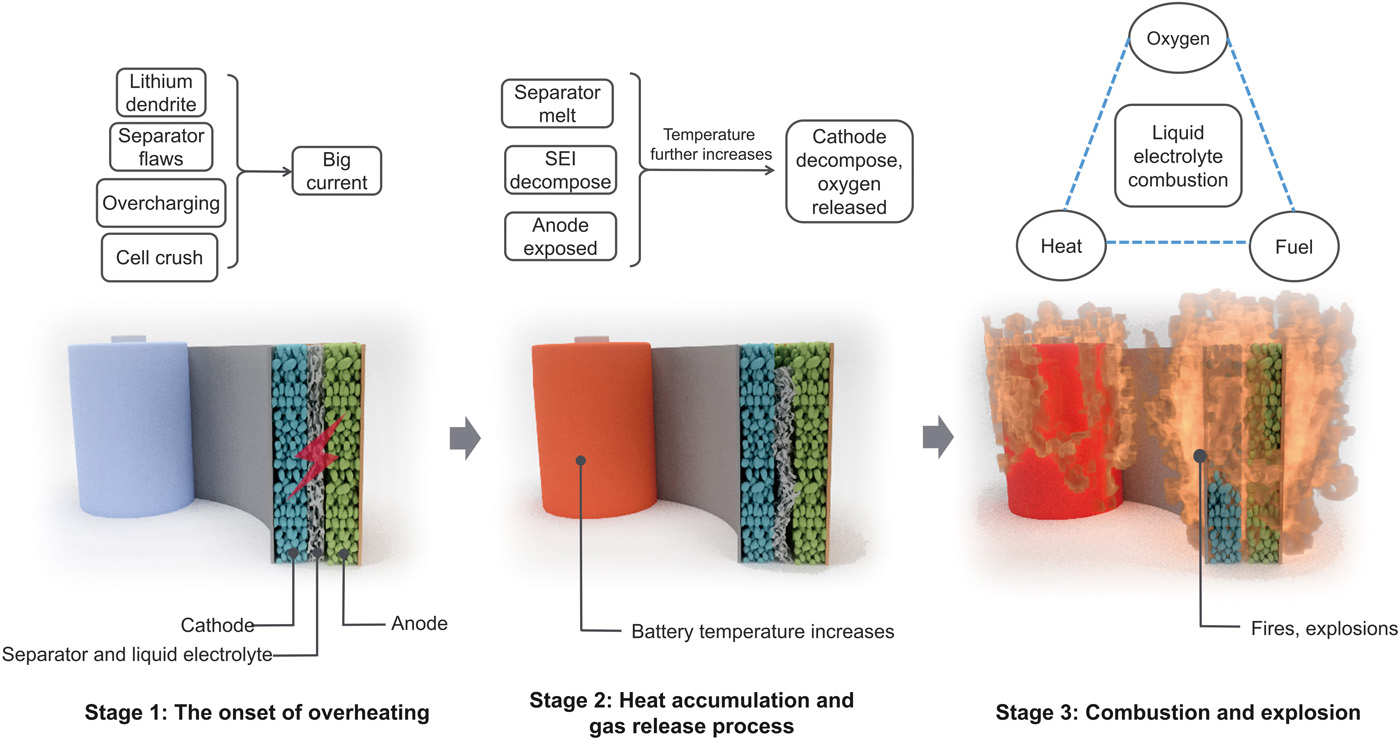
ENVIRONMENTAL IMPACT
Compared to lithium-iron batteries, lead-acid batteries are significantly less environmentally friendly. The reason for this is that they require a lot more raw material to store the same amount of energy. As a result, mining raw materials has a far greater impact on the environment. Furthermore, the lead processing industry consumes a significant amount of energy, which in turn results in high levels of pollution. In spite of the fact that lead is an extremely hazardous chemical compound, the manufacturing process and packaging methods minimize the associated risks.
However, lithium-iron batteries have a much lower carbon footprint than lead-acid and nickel-cadmium batteries, despite being mined. They are also more environmentally friendly than lead-acid and nickel-cadmium batteries. Heavy metals such as mercury, lead, and cadmium have been used in battery manufacturing for many decades, resulting in considerable environmental damage. Inefficient and improper disposal has led to significant environmental damage in the past few decades. Considering their high recyclability and recoverability, lithium-iron batteries are considered eco-friendly.
LEAD-ACID VS LITHIUM-IRON BATTERIES: WHEN TO USE EACH?
Lead-acid batteries and lithium-iron batteries are both effective, efficient, and cost-effective alternatives to conventional gasoline generators for battery backup at home, at your store, or at your workplace. Since lithium-iron technology offers a number of advantages, including longer life, greater efficiency, less environmental impact, greater safety, higher energy density, faster charging rates, and greater depth of discharge, it makes more sense to choose it for your energy storage needs.
A lead-acid battery is, however, a better option if the upfront and installation costs are a deal breaker for you. Further, lead-acid batteries are a good choice for off-grid solar installations where usage frequency is low. Since you won’t be using a lead-acid battery very often, it is advisable to use it as a backup power source on an RV or boat. Moreover, lower usage rates prevent the drawbacks associated with lead-acid technology, such as shorter lifespans.
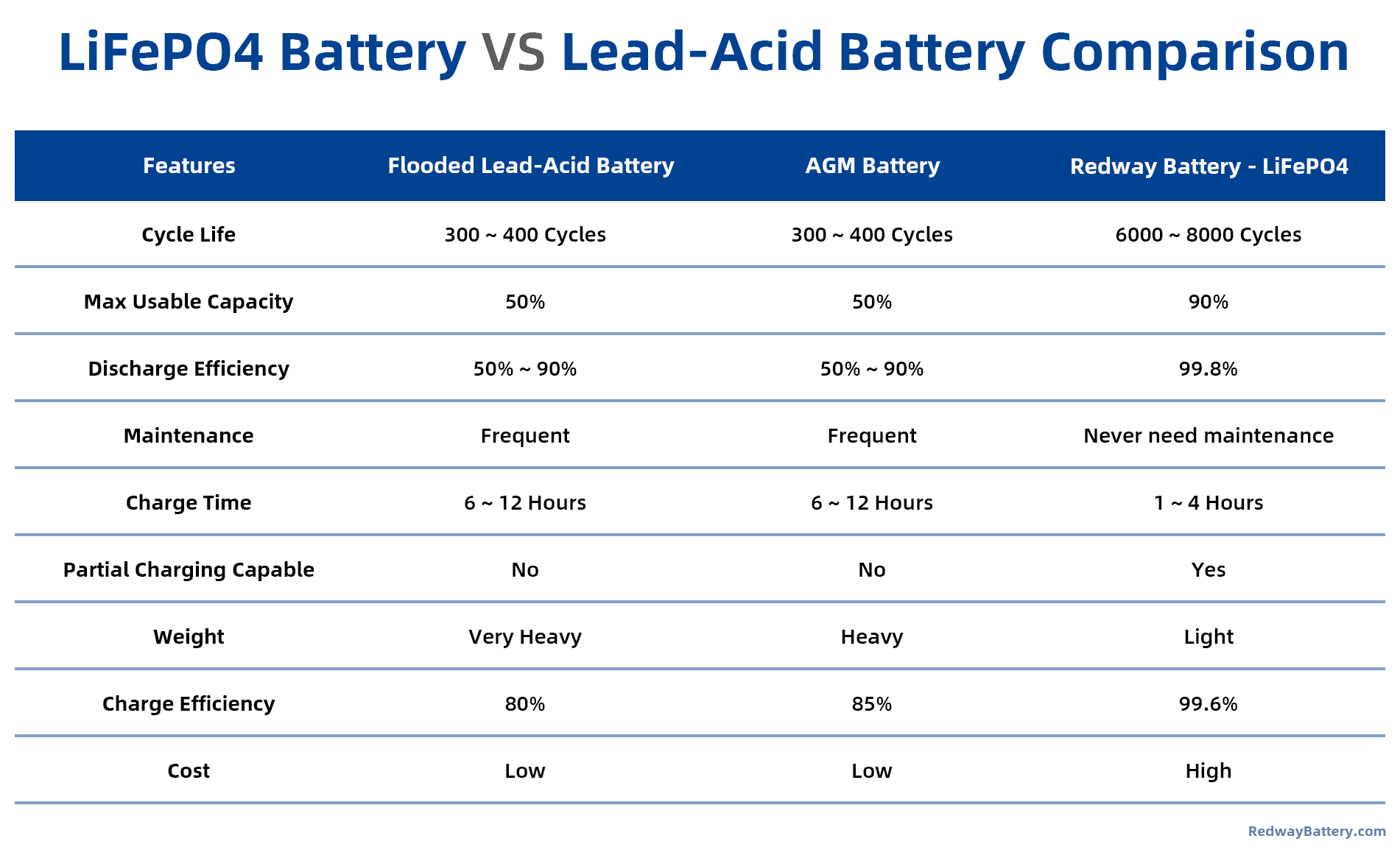
FINAL COMMENTS
For both homeowners and business owners, lithium-iron batteries offer a number of benefits. Despite being one of the newer battery technologies in this age-old market, lithium-iron has proven to hold its own when it comes to efficiency, energy storage capacity, performance, durability, resilience, and cost-effectiveness.
Meanwhile, lead-acid batteries are a staple in the energy storage landscape around the world and have been around for longer. For consumers that aren’t looking for a heavy-duty option, they are a more affordable option that offers a lot of benefits.
Before settling on one, it is crucial to carefully assess your needs and intended use to make an informed decision. By switching from a hazardous backup solution like a gasoline generator, you will benefit regardless of which type of battery you use.
Contact the experts at REDWAY POWER if you’re considering high-quality lithium-iron batteries for your home. As an industry leader in lithium batteries, we specialize in innovative energy storage solutions.
Related Posts
- ¿Vale la pena invertir para los gerentes de hoteles en la batería de litio LiFePO4 de 20 KWh, 205 V CC y 100 Ah? Un análisis costo-beneficio.
- ¿Tesla utiliza LiFePO4? OEM de la fábrica del fabricante de la batería LiFePO4 de 48V 50Ah
- ¿Tesla utiliza baterías LiFePO4?
- ¿Son las baterías LiFePO4 más seguras que otras baterías de iones de litio?
- ¿Se pueden congelar las baterías LiFePO4? Consejos para prevenir daños por frío
- ¿Se pueden cargar las luces solares cuando están apagadas? Esto es lo que necesitas saber
